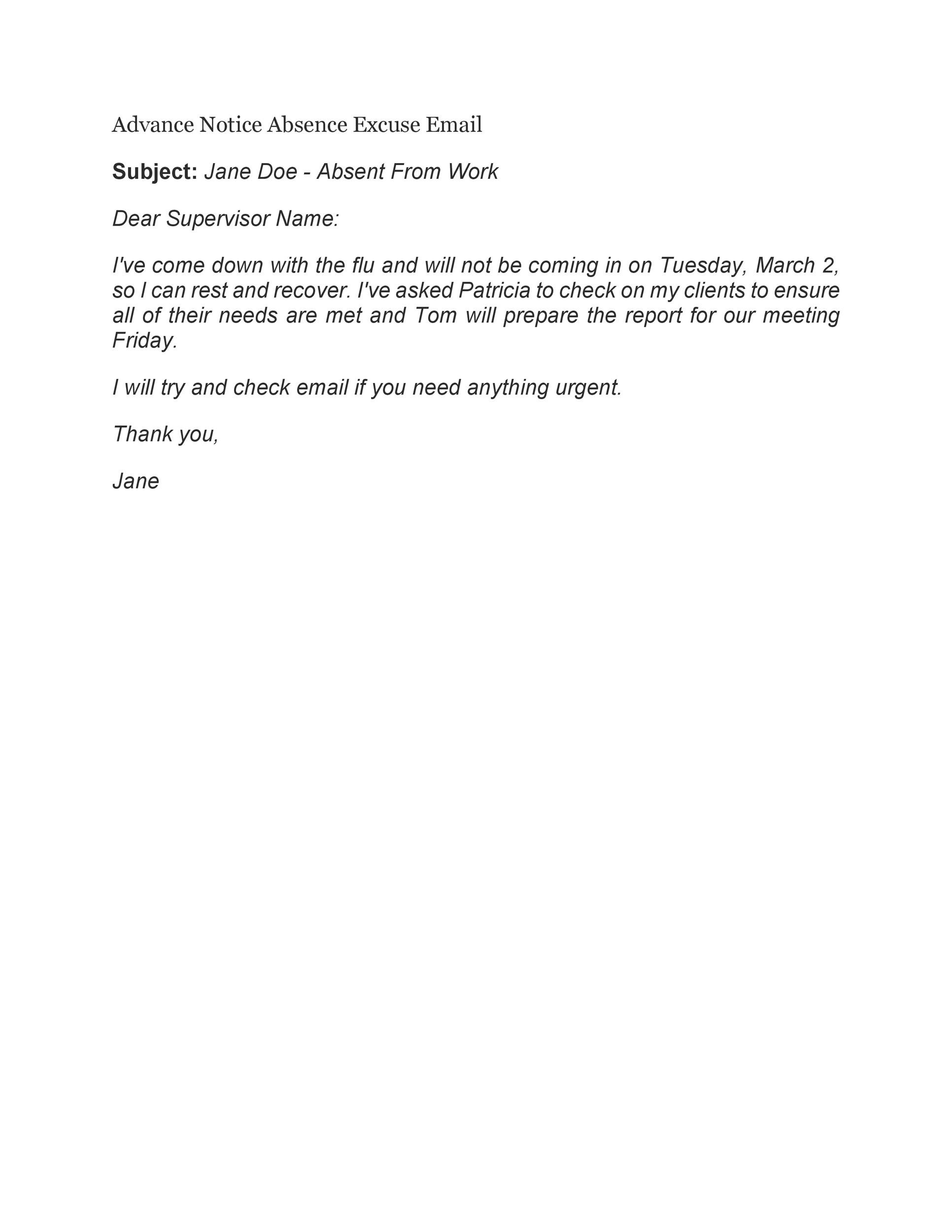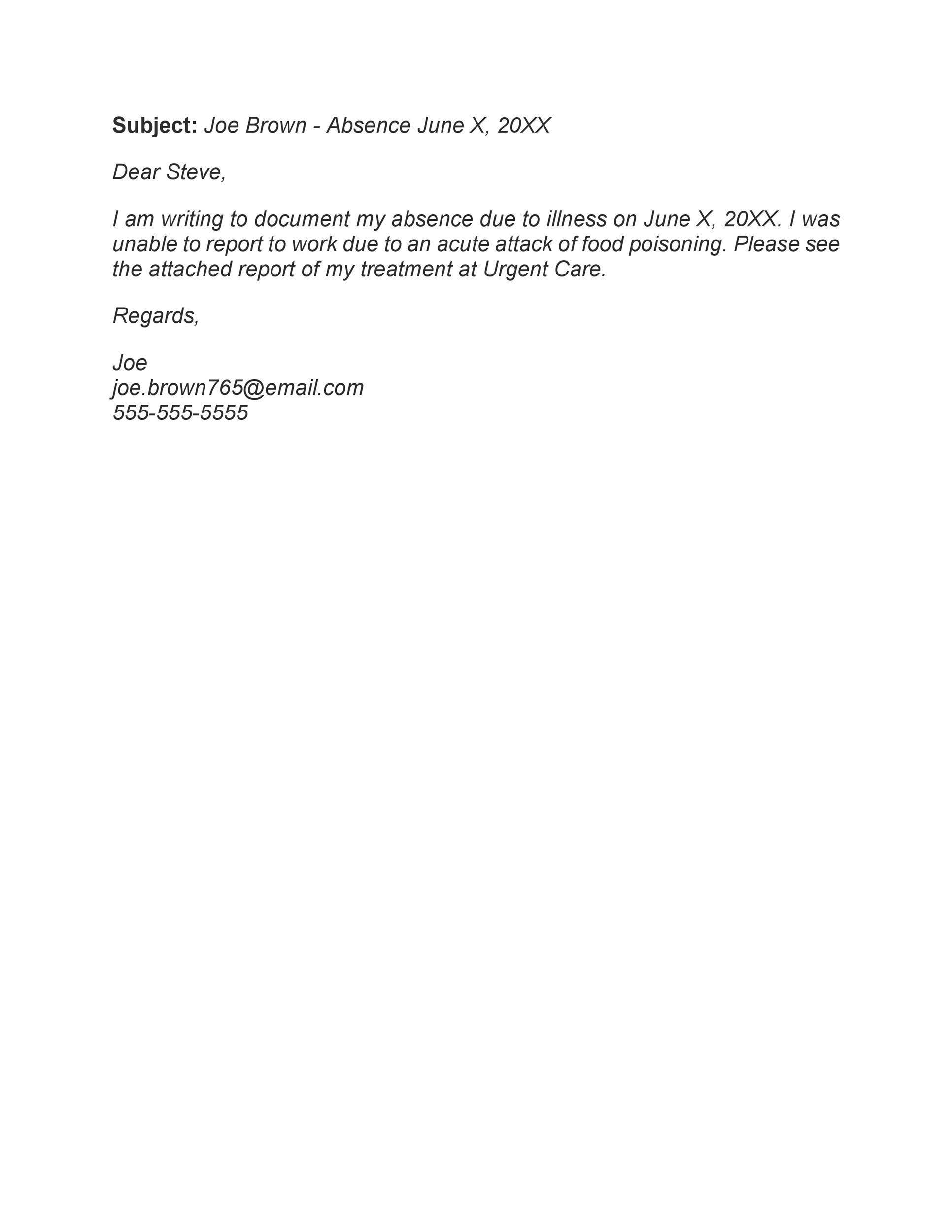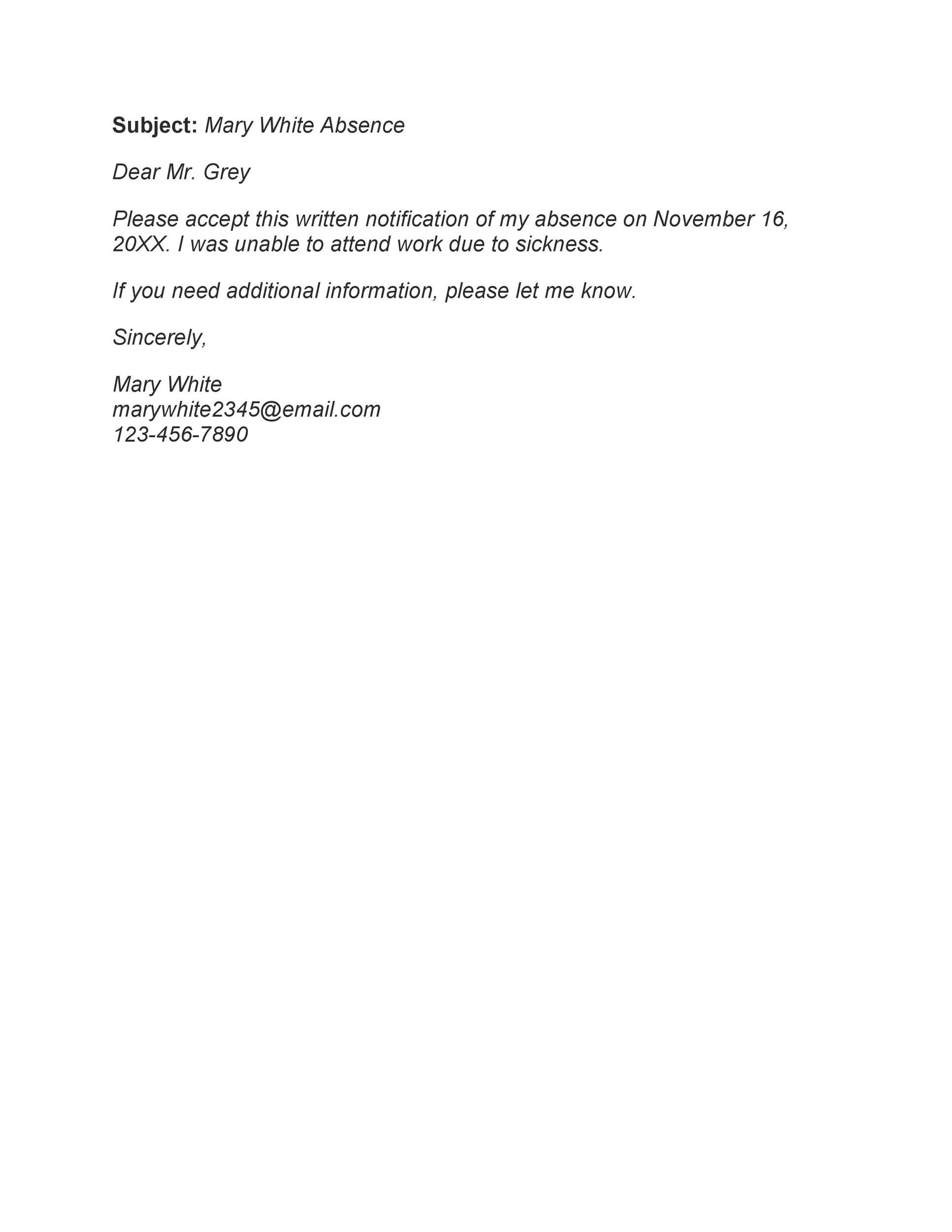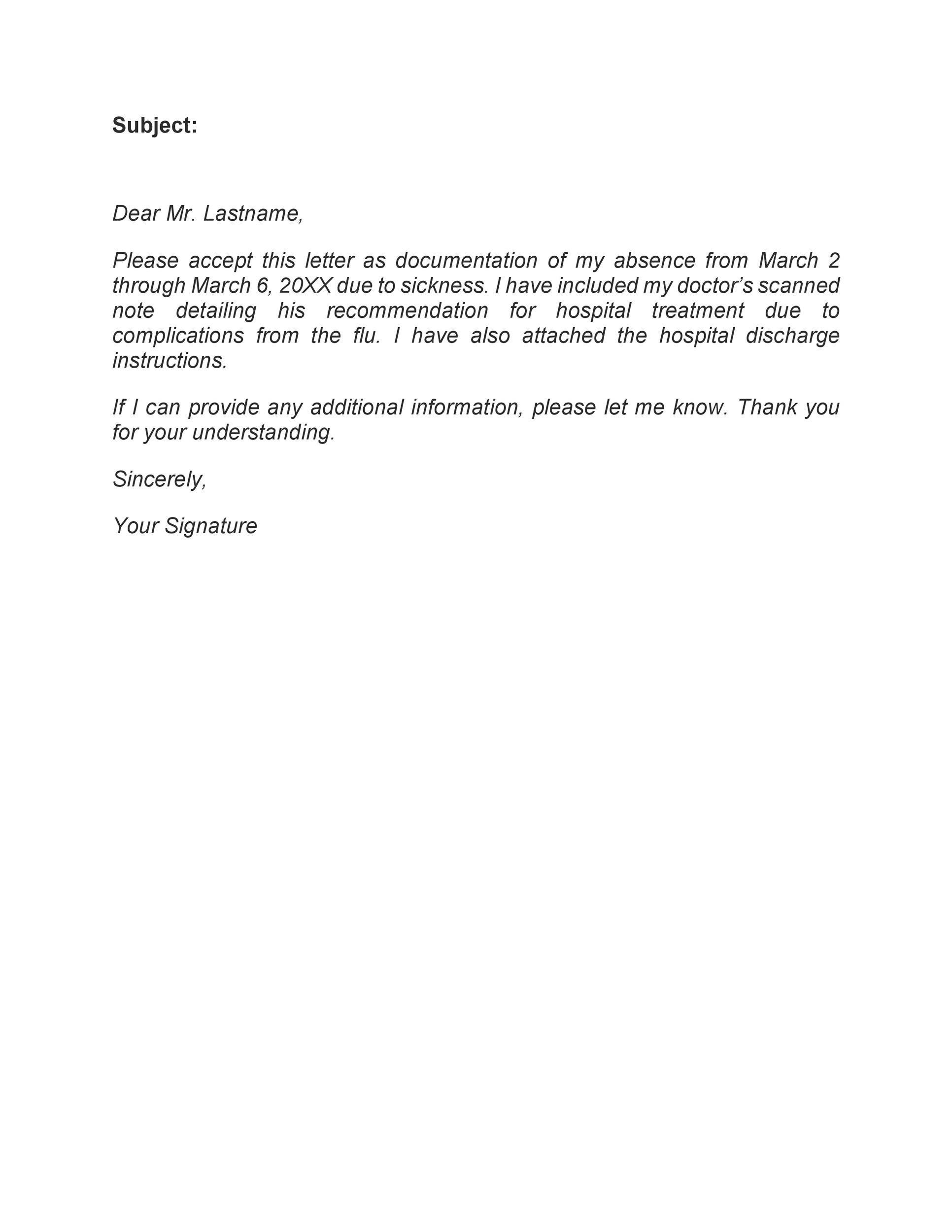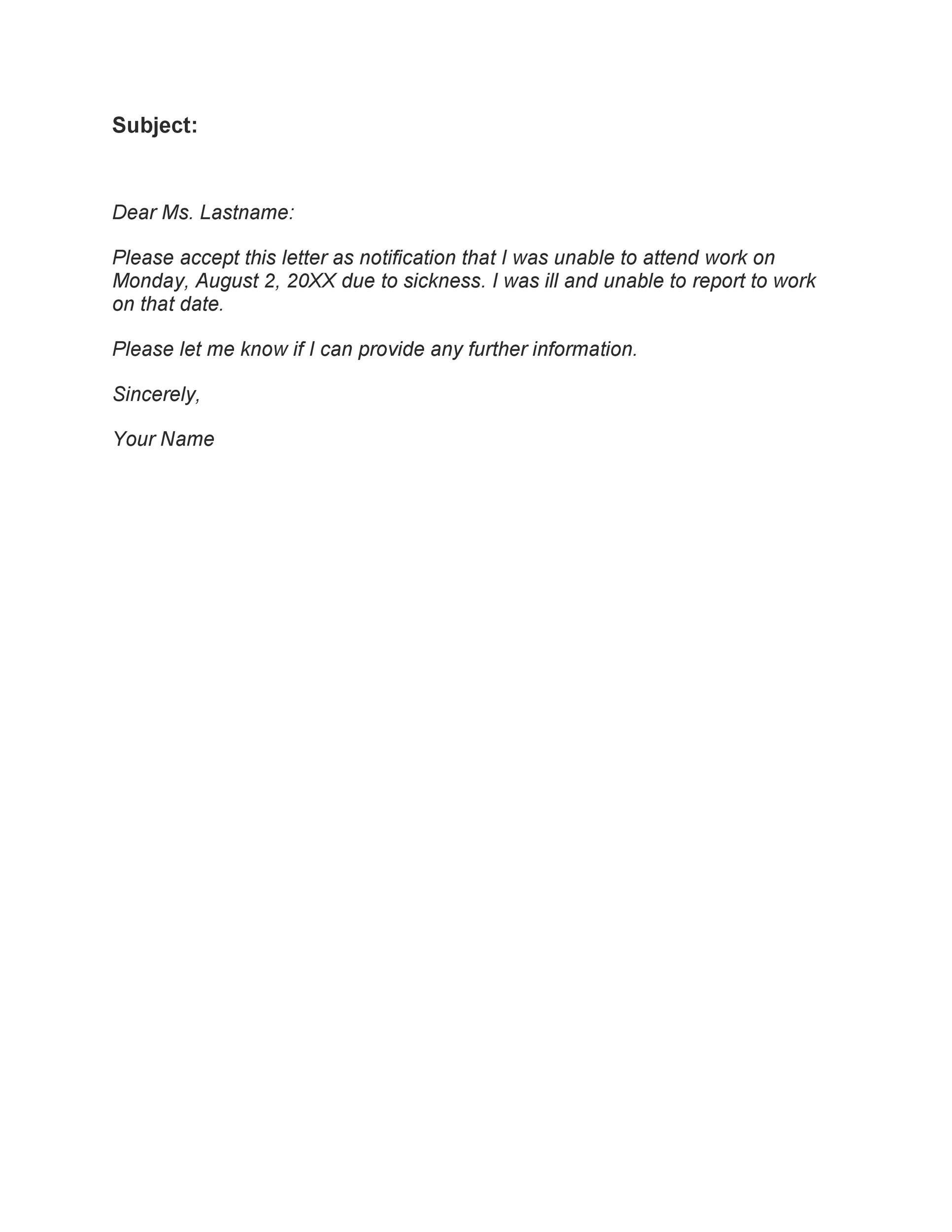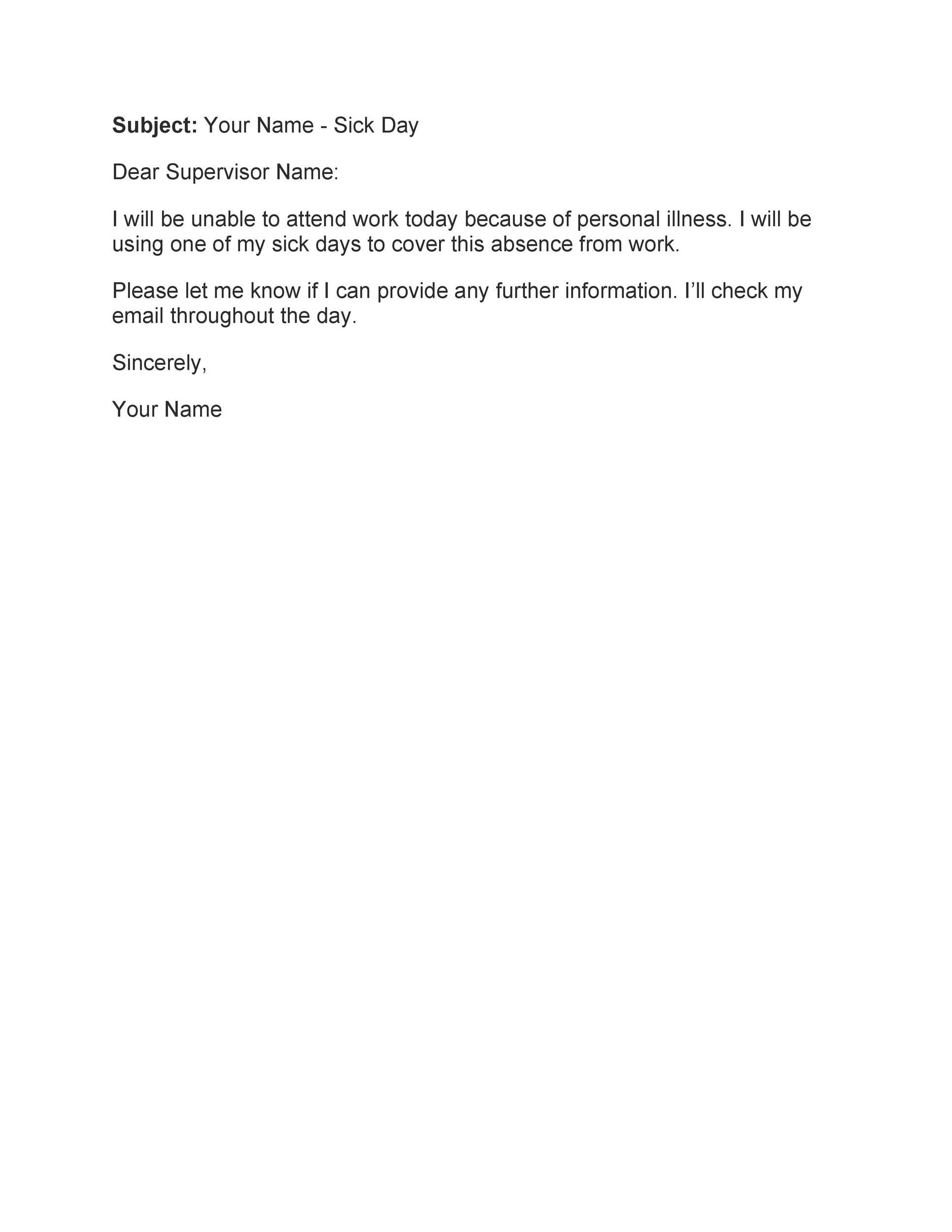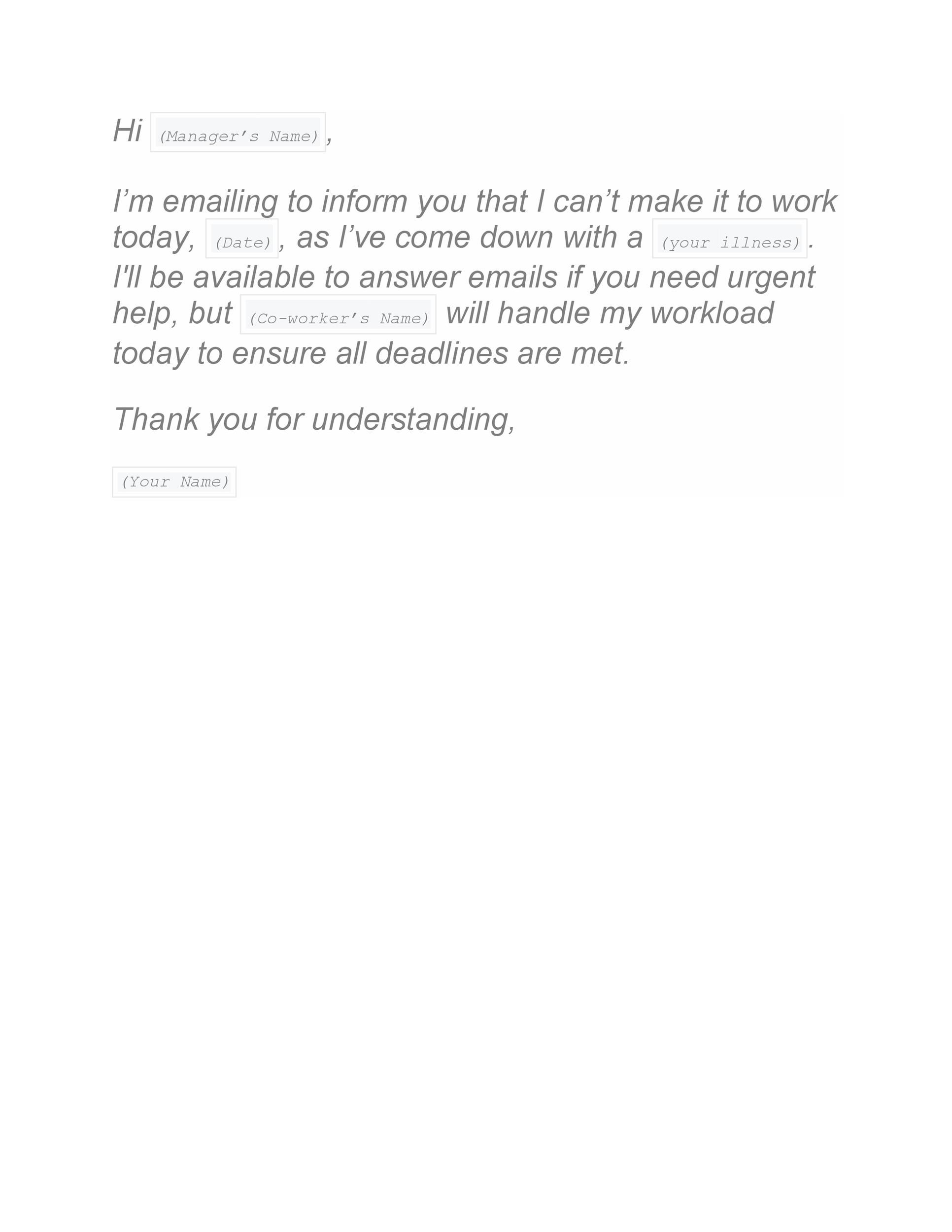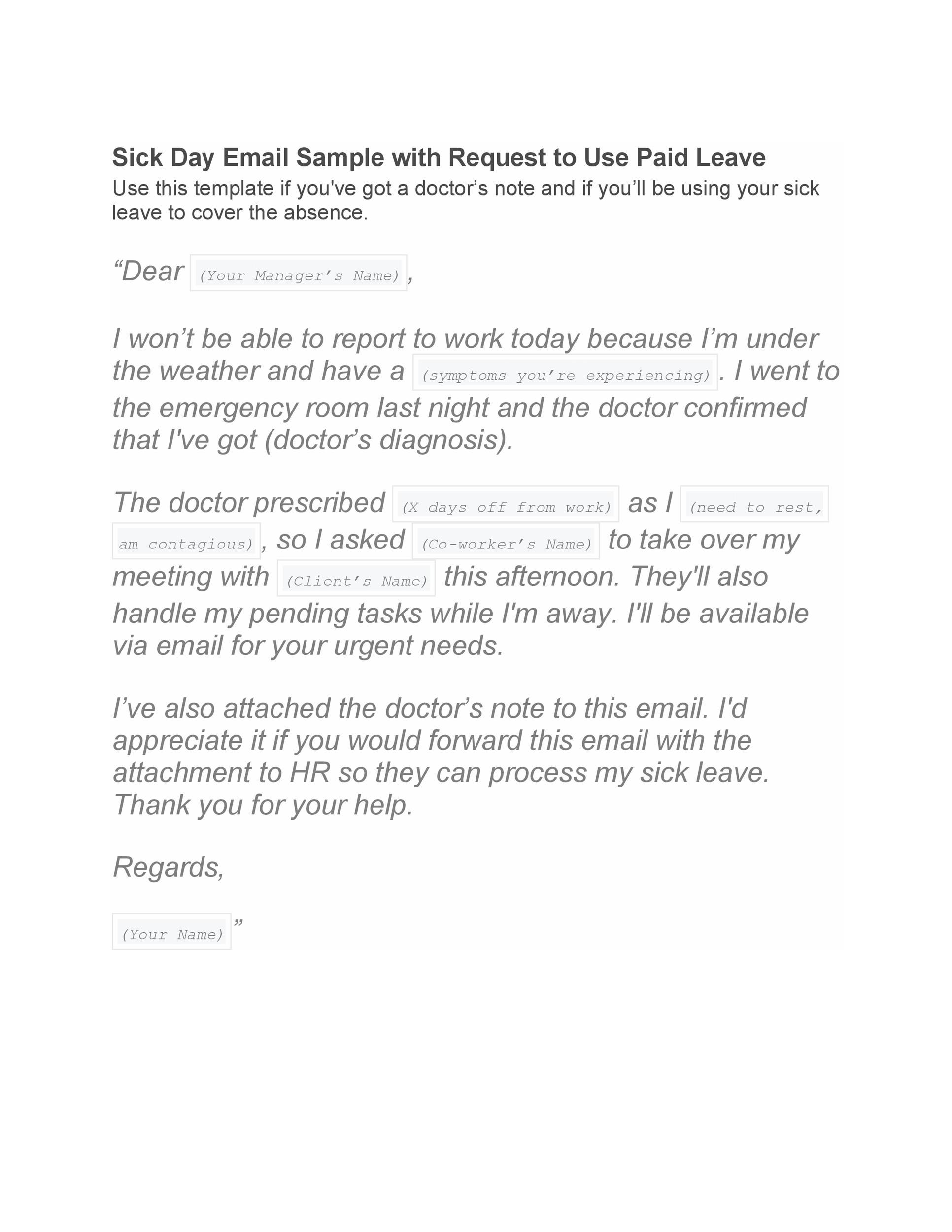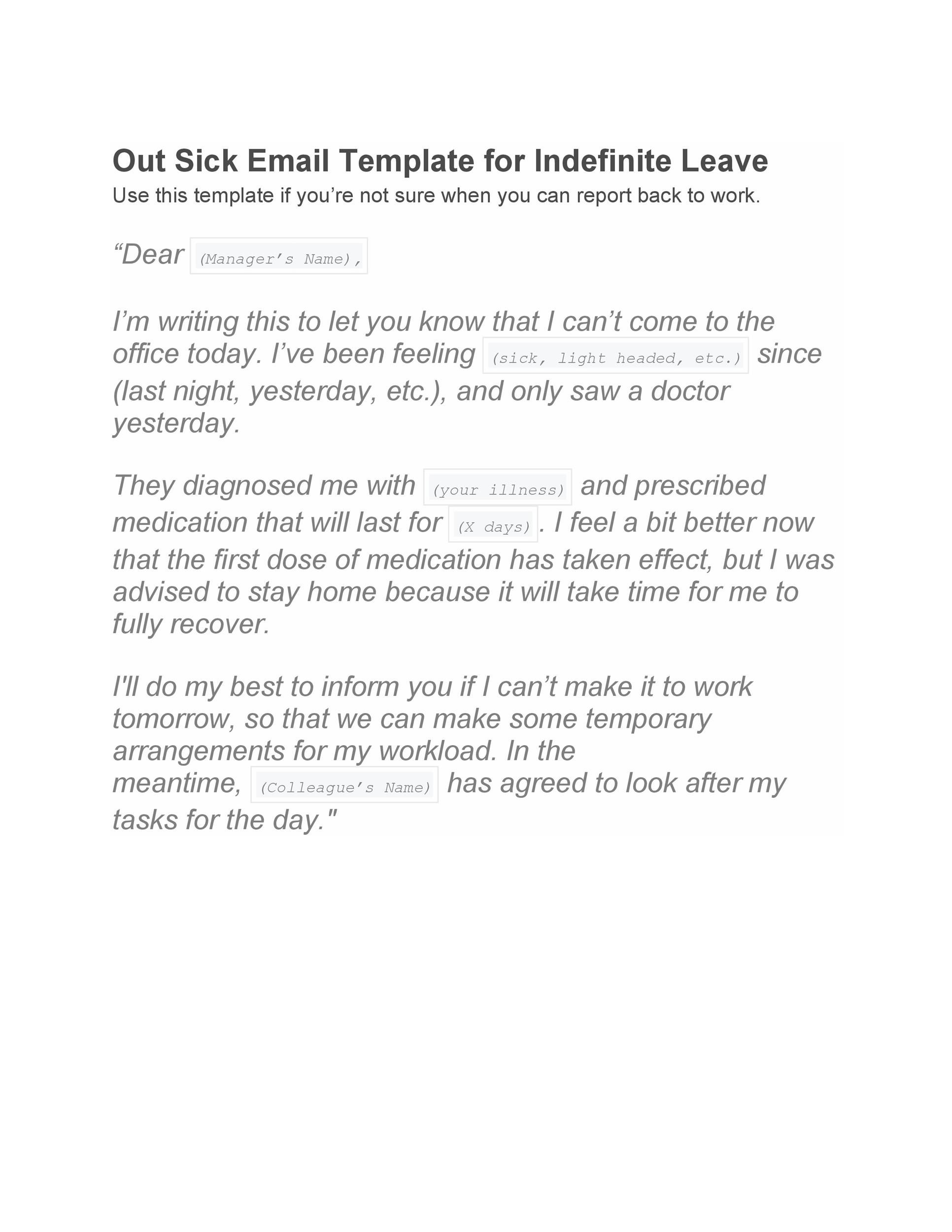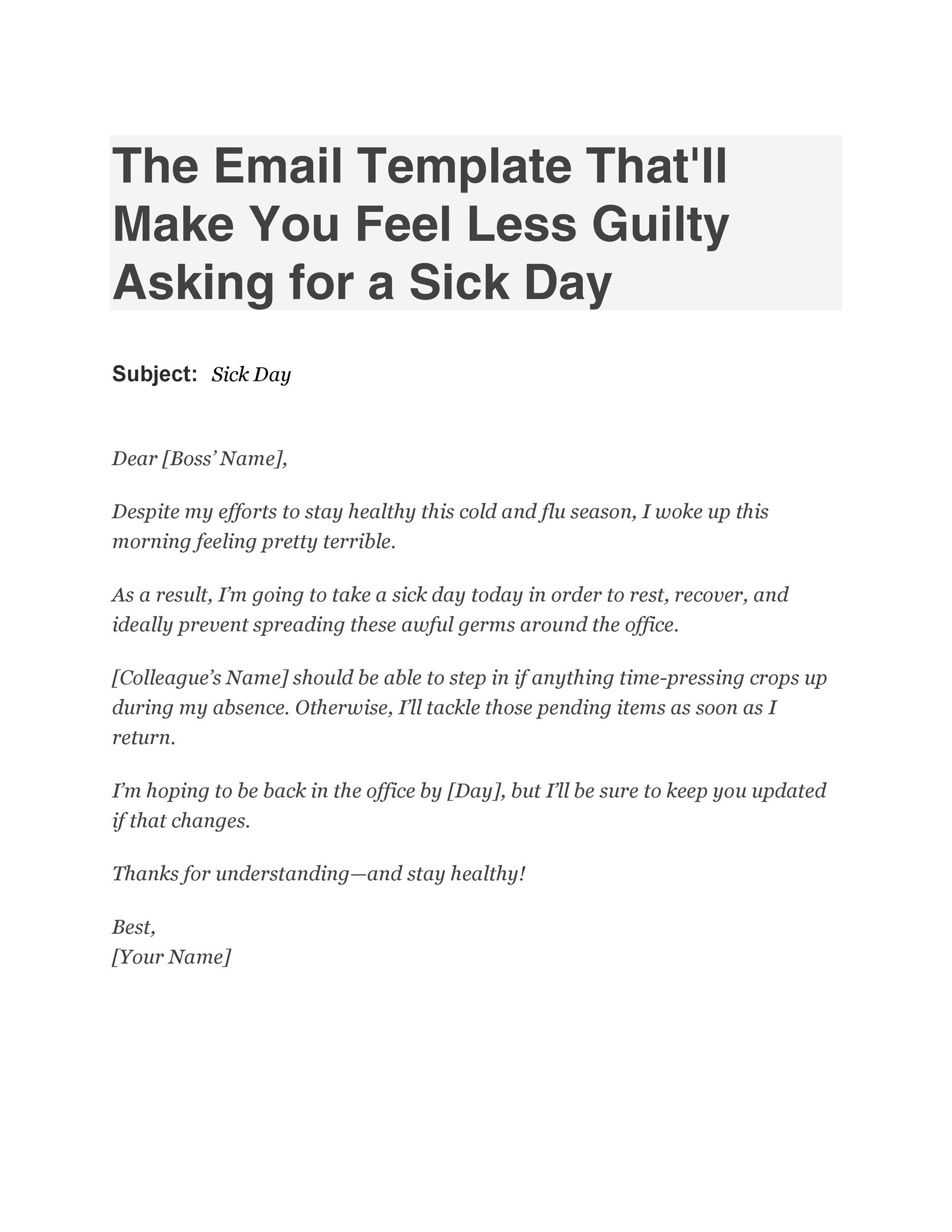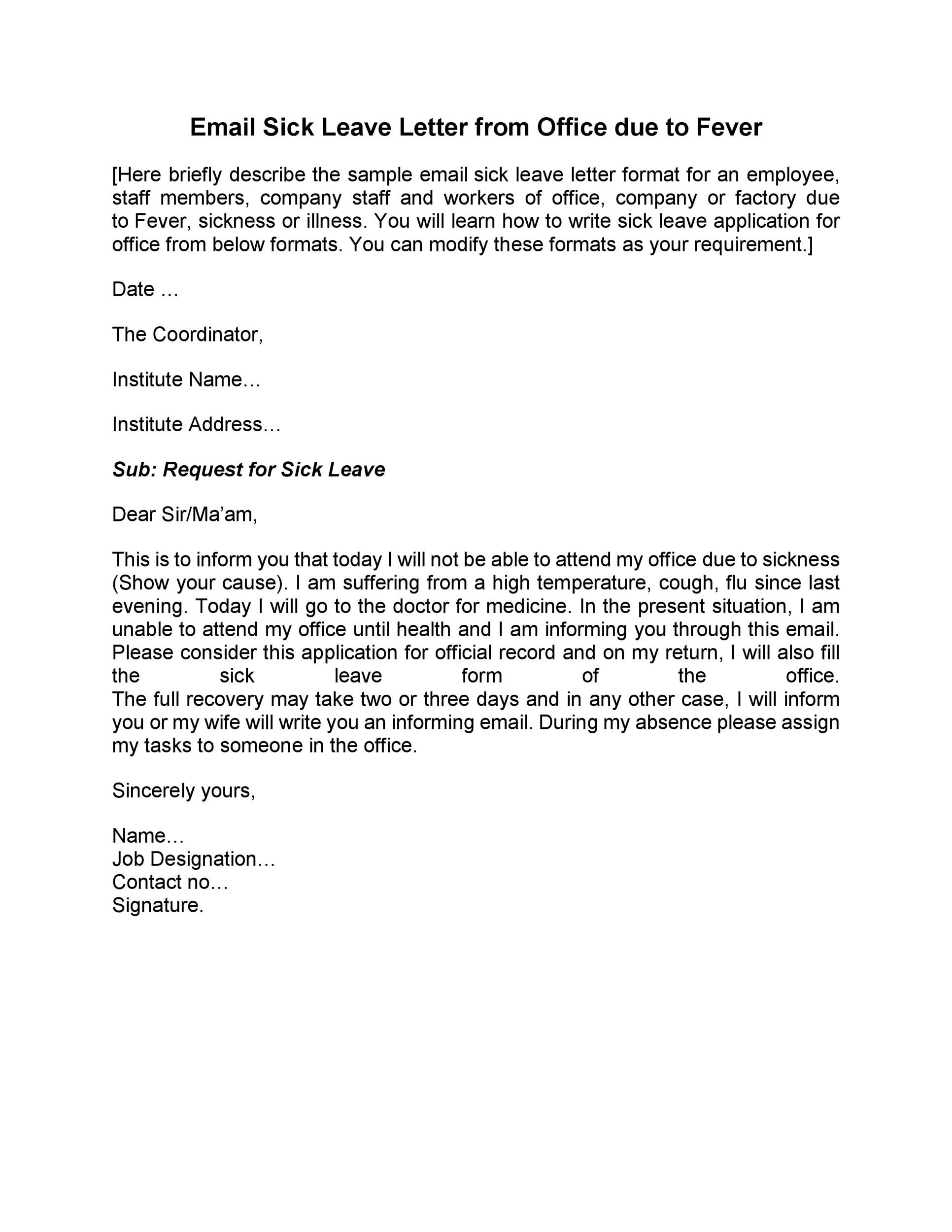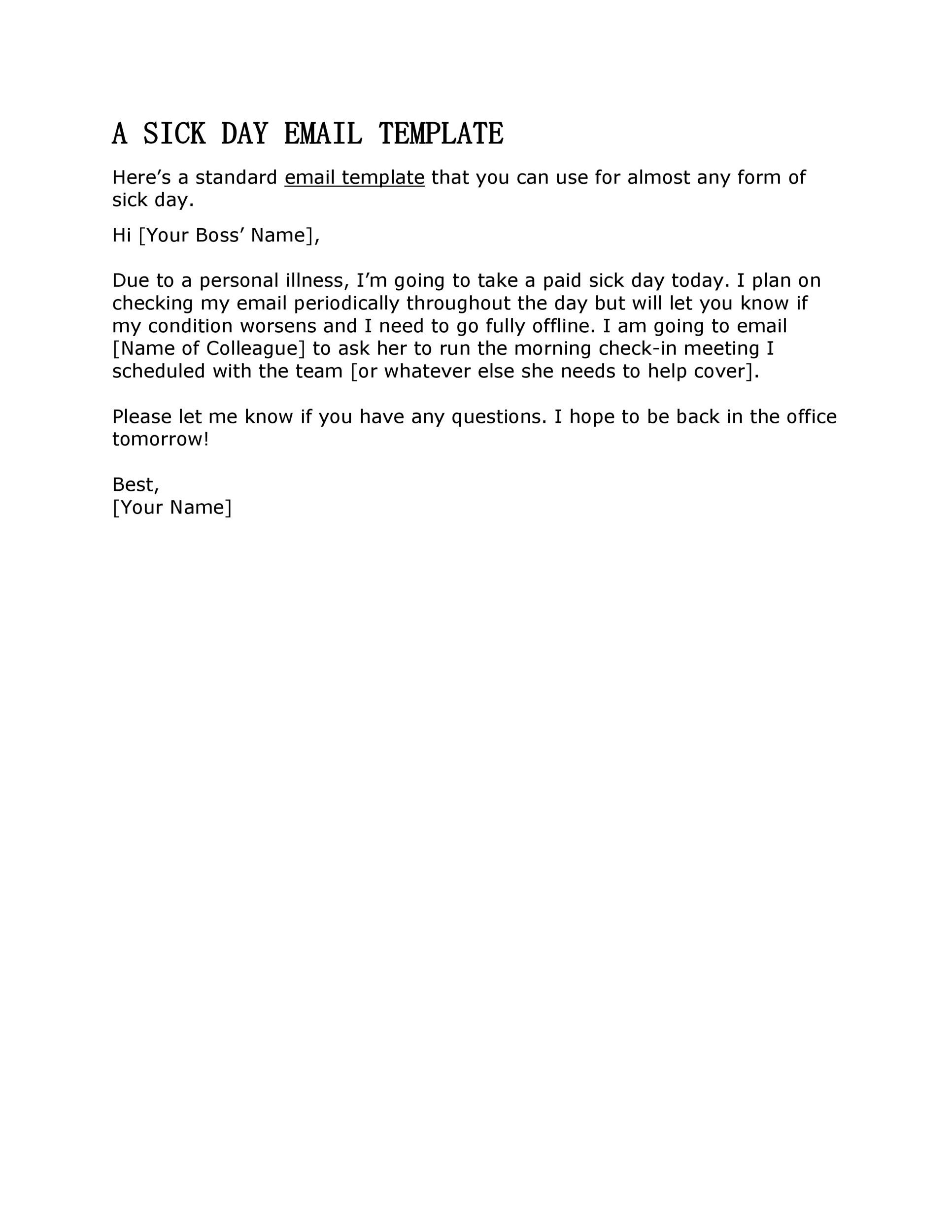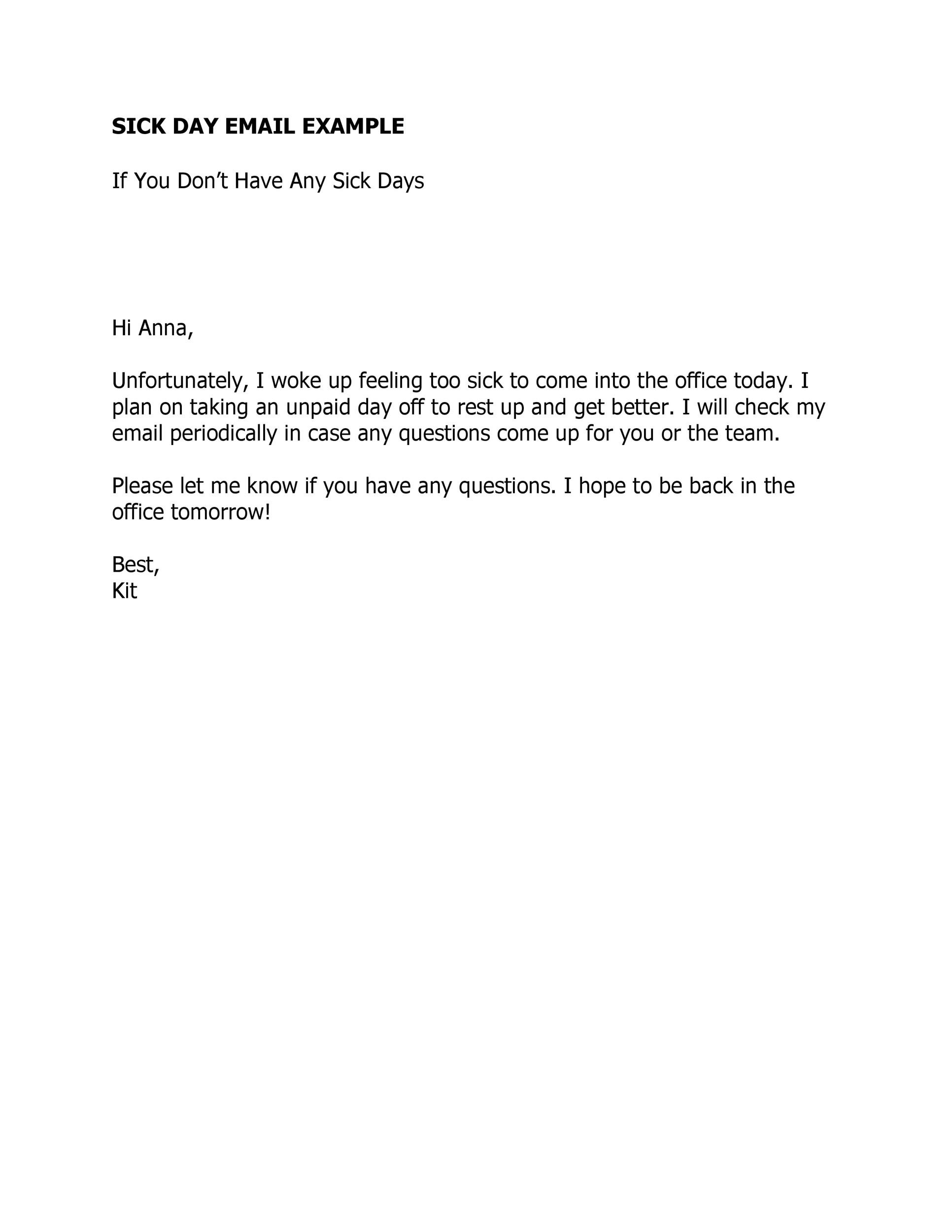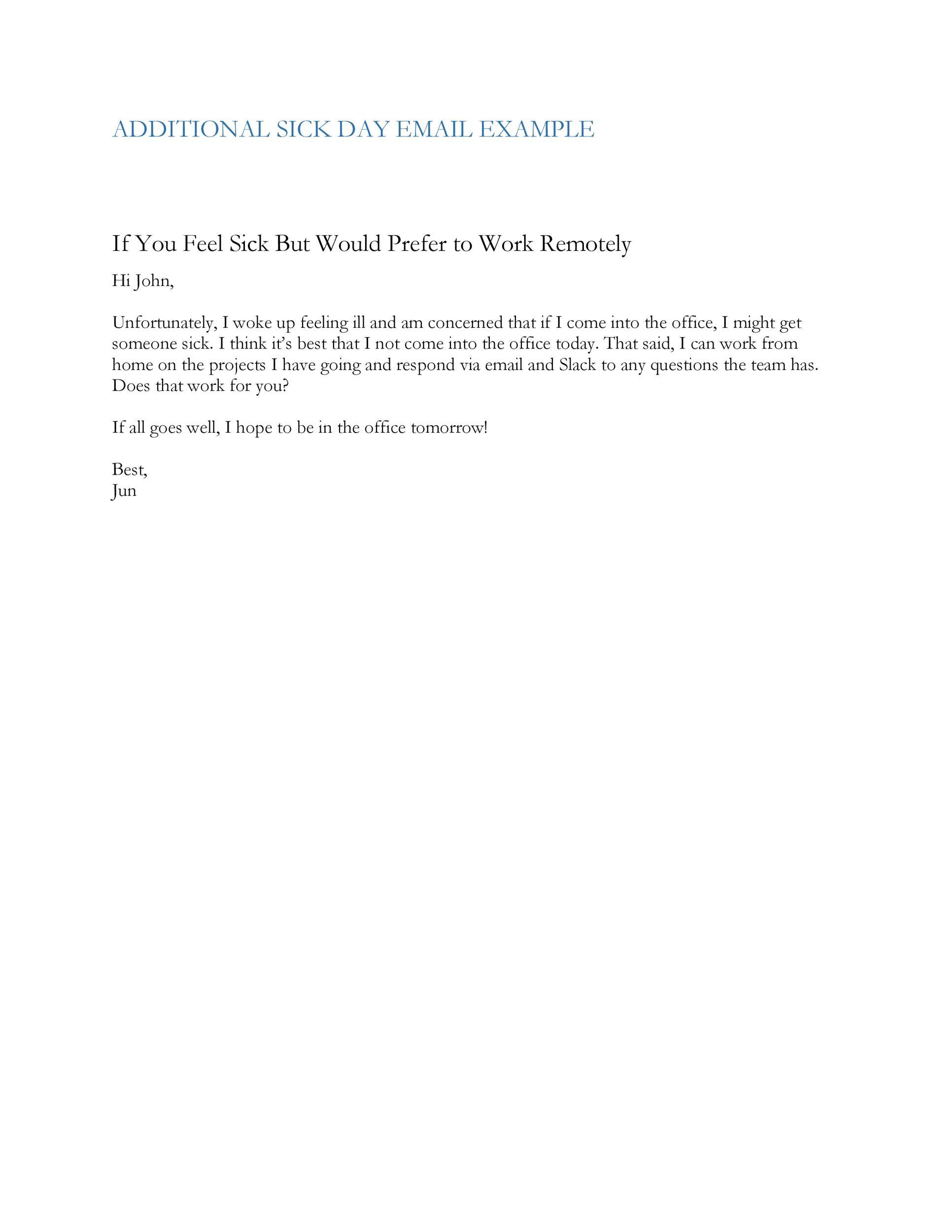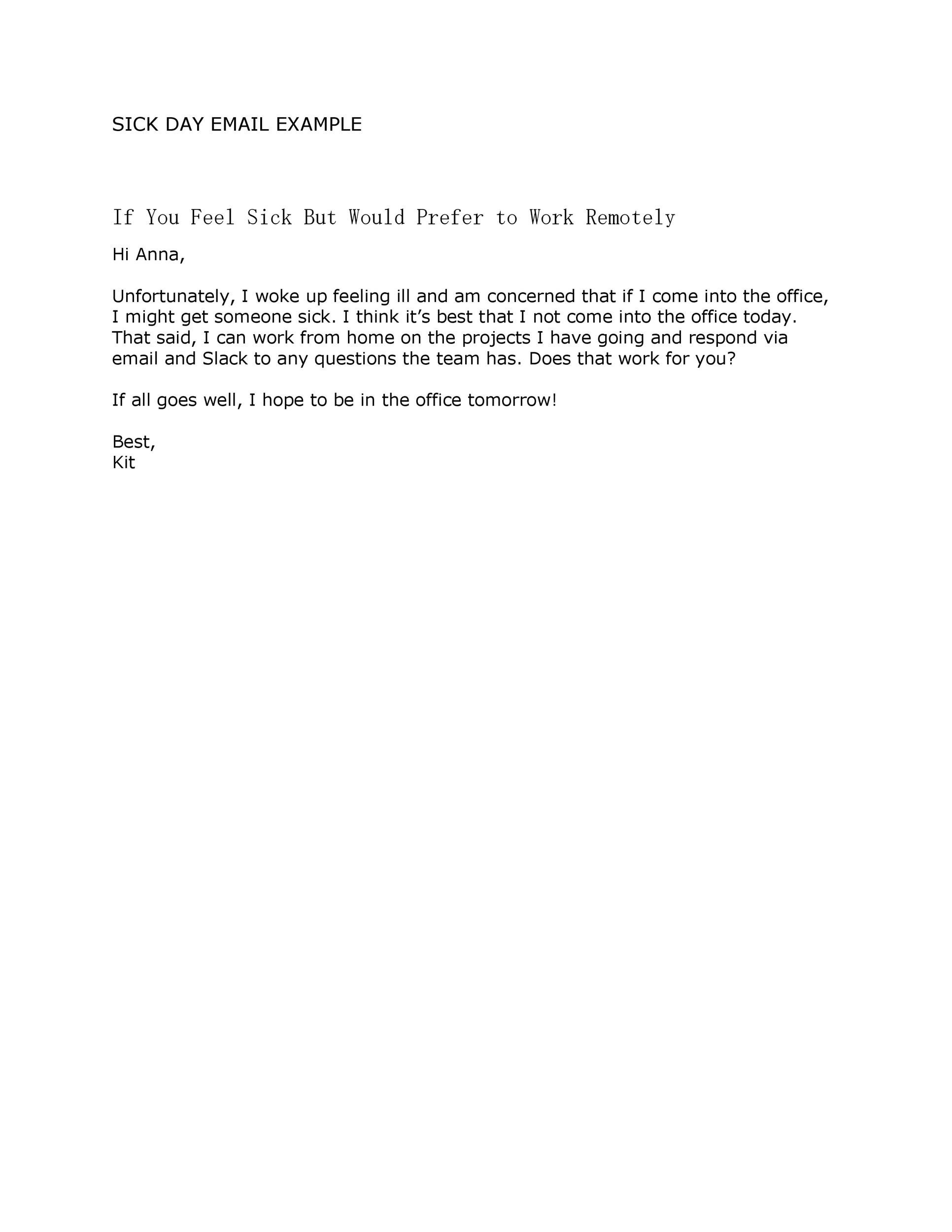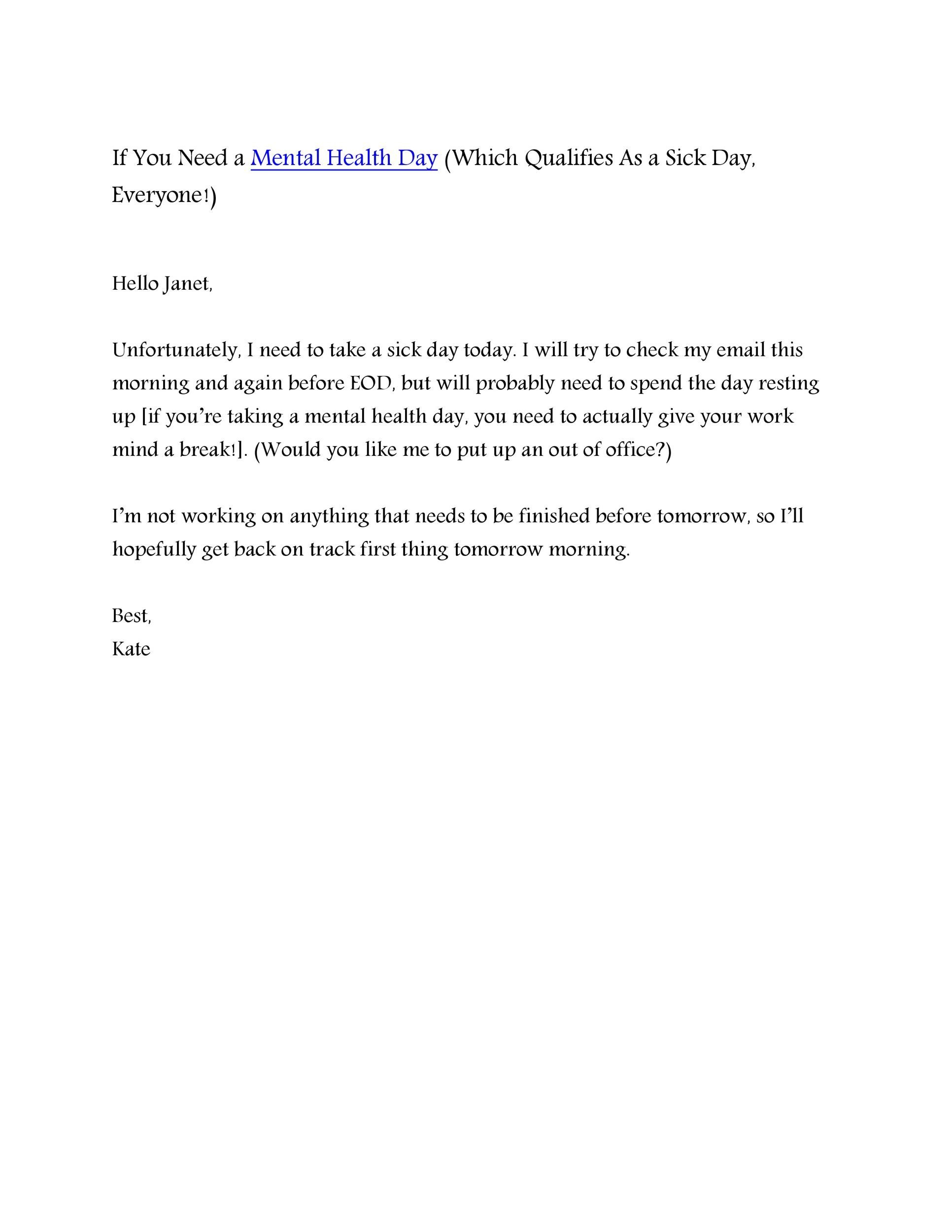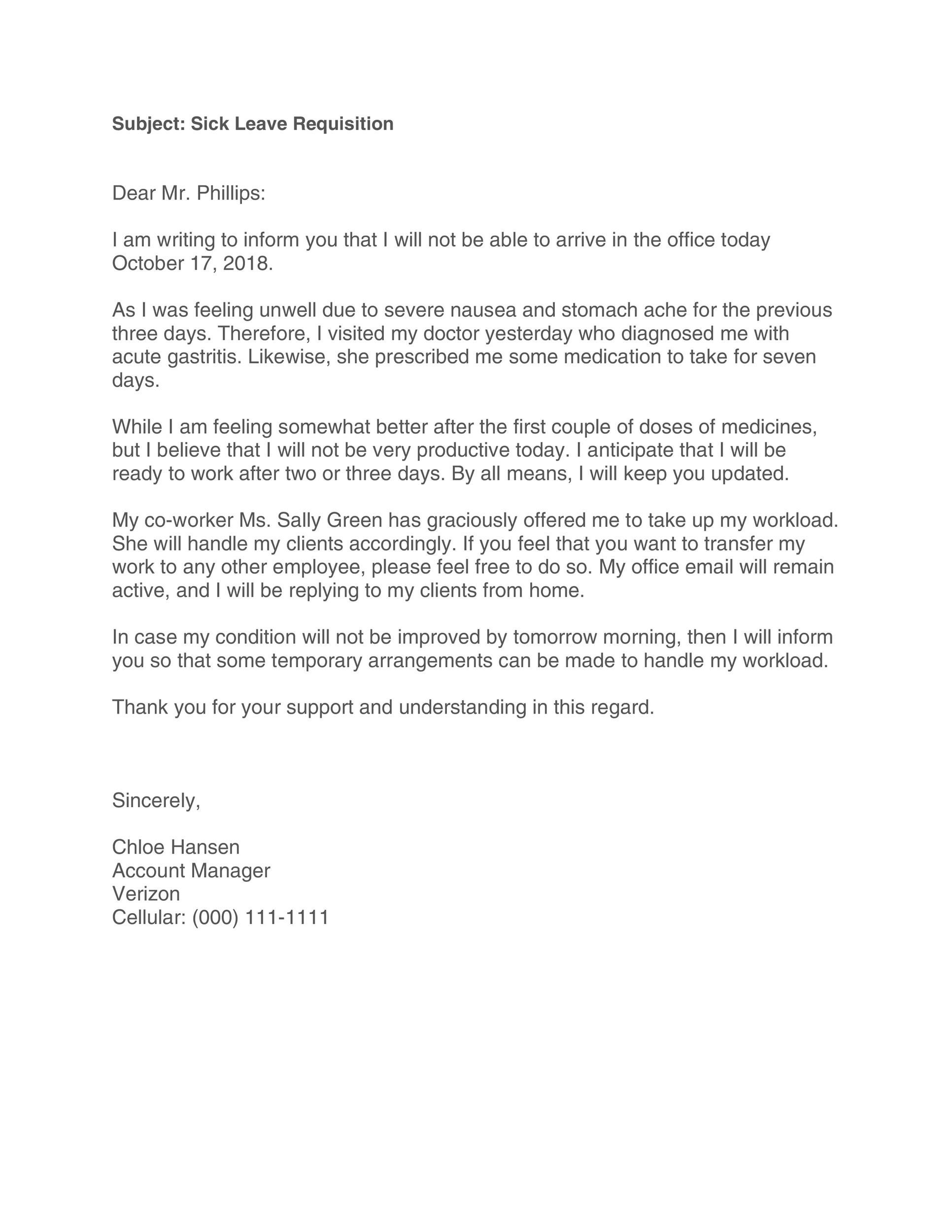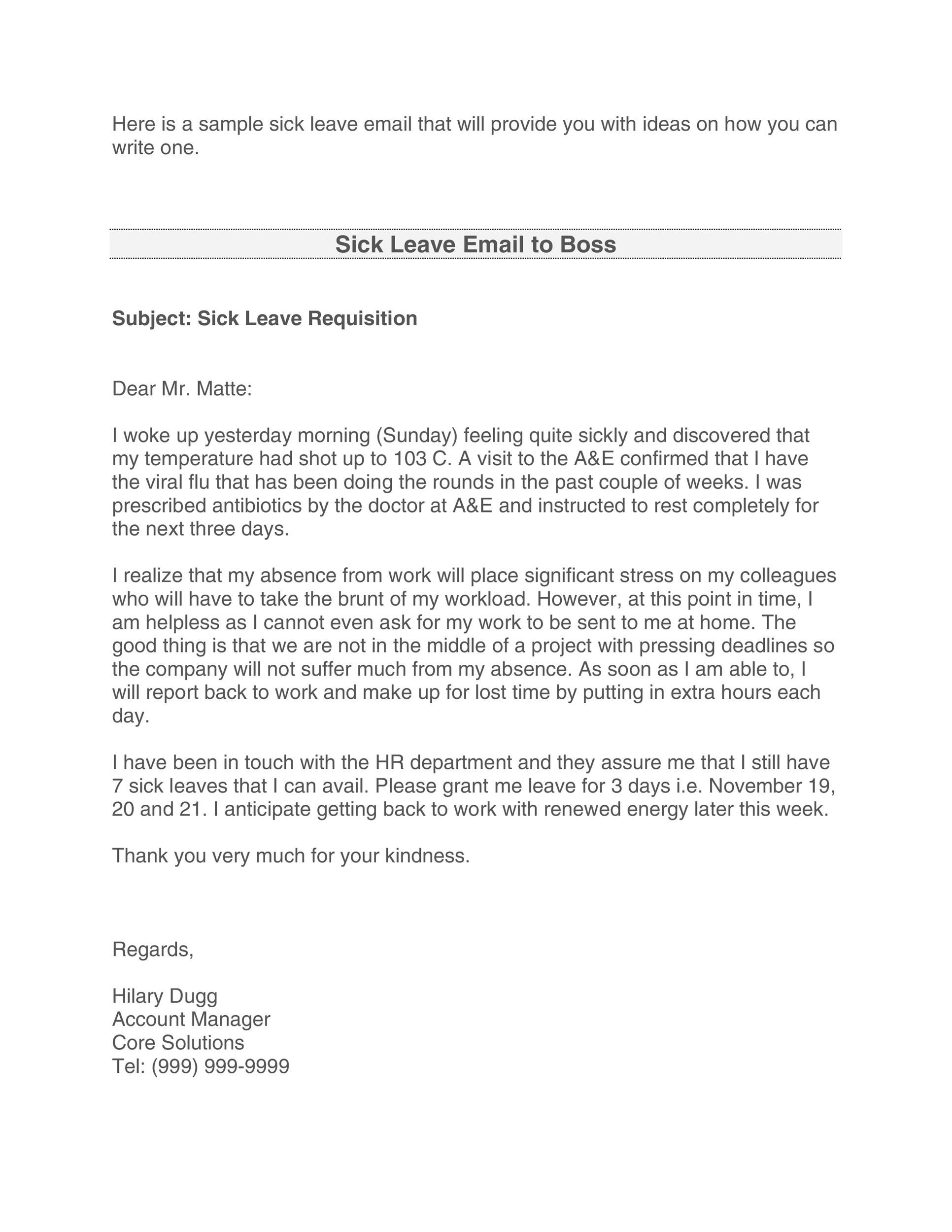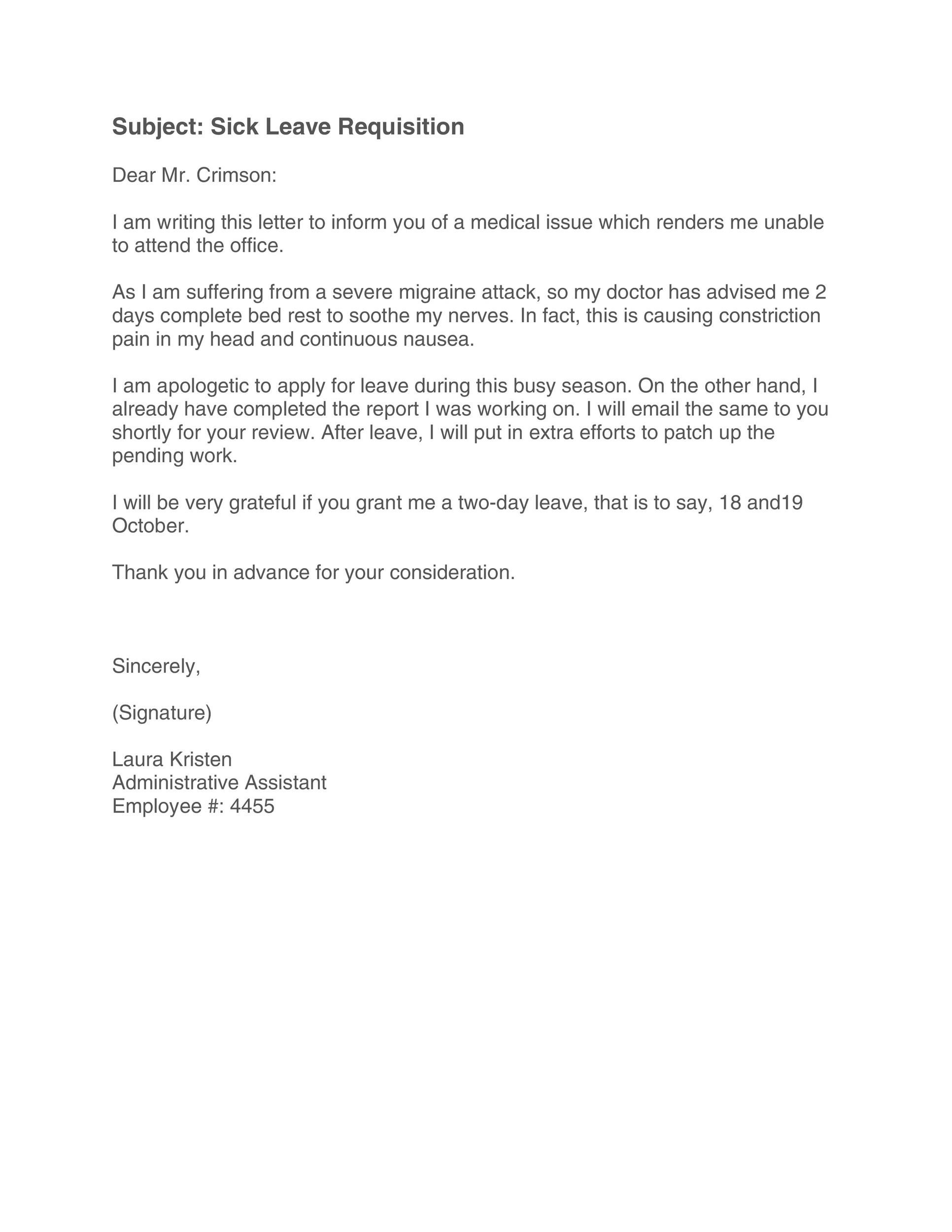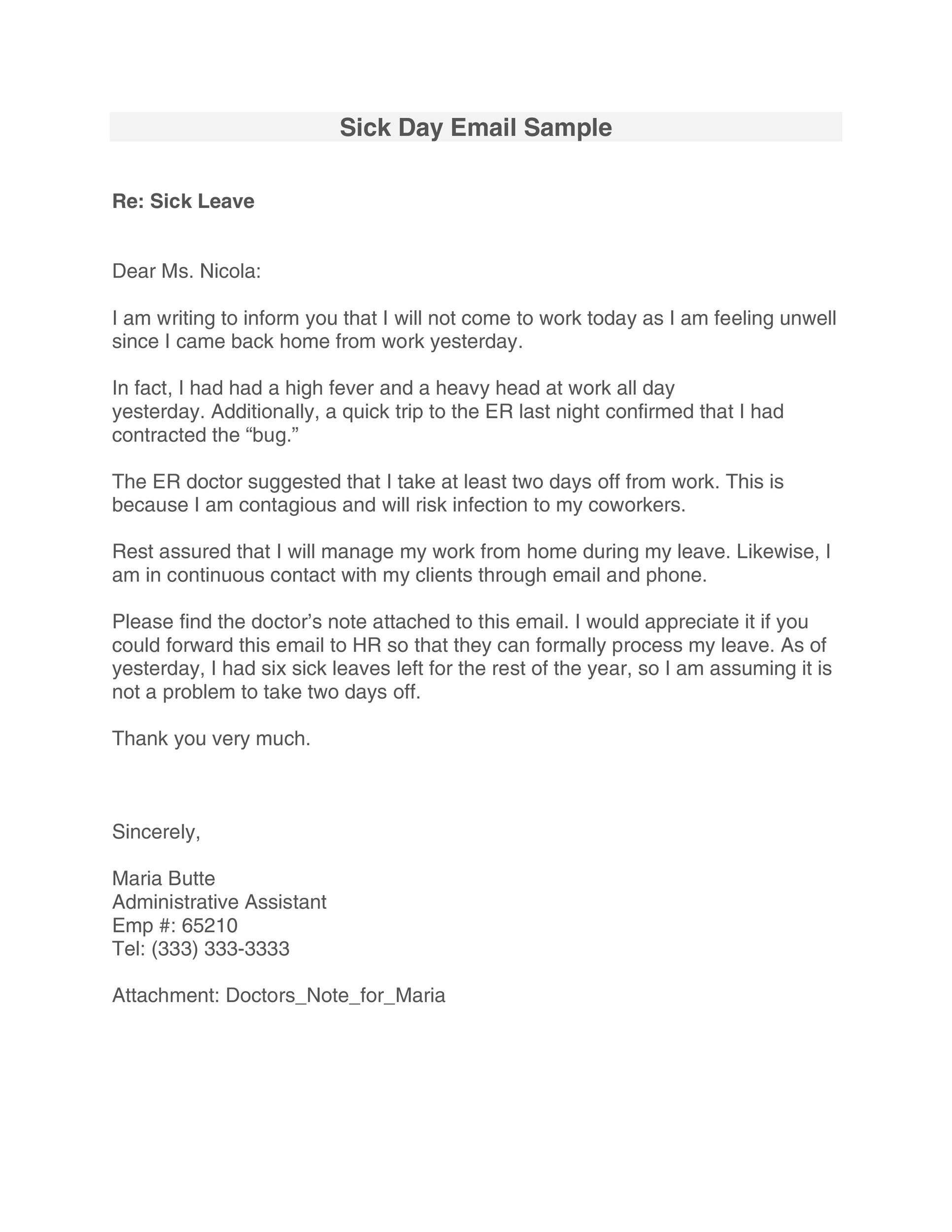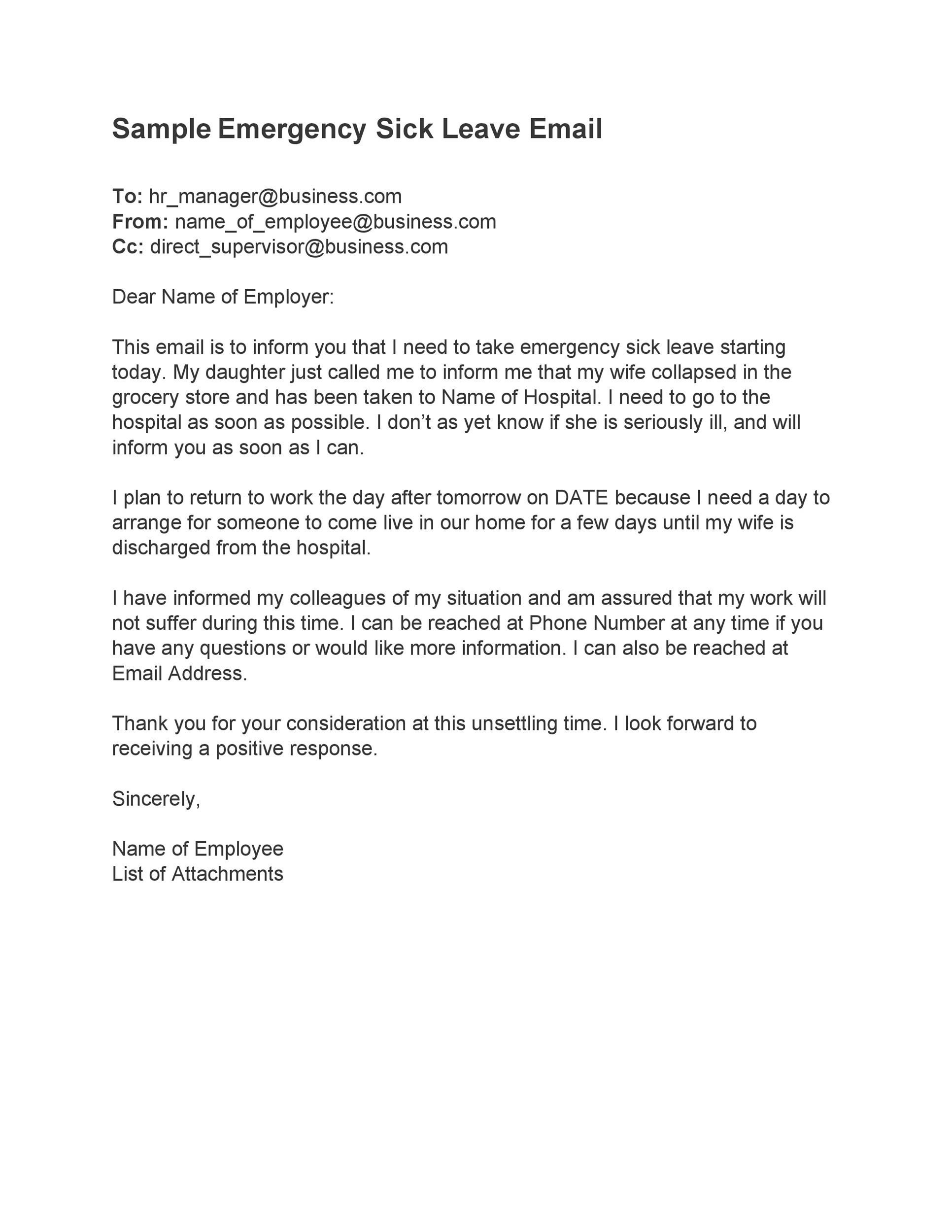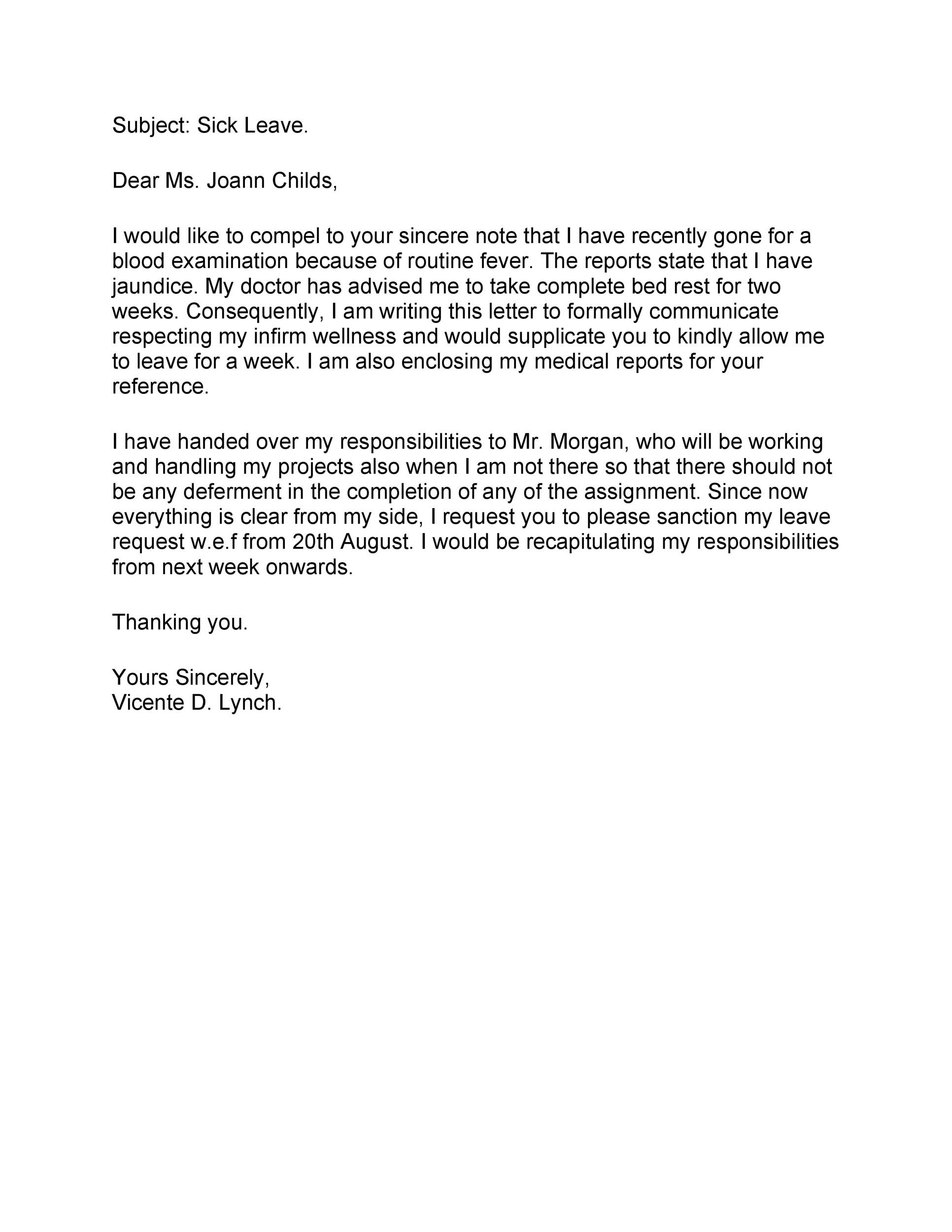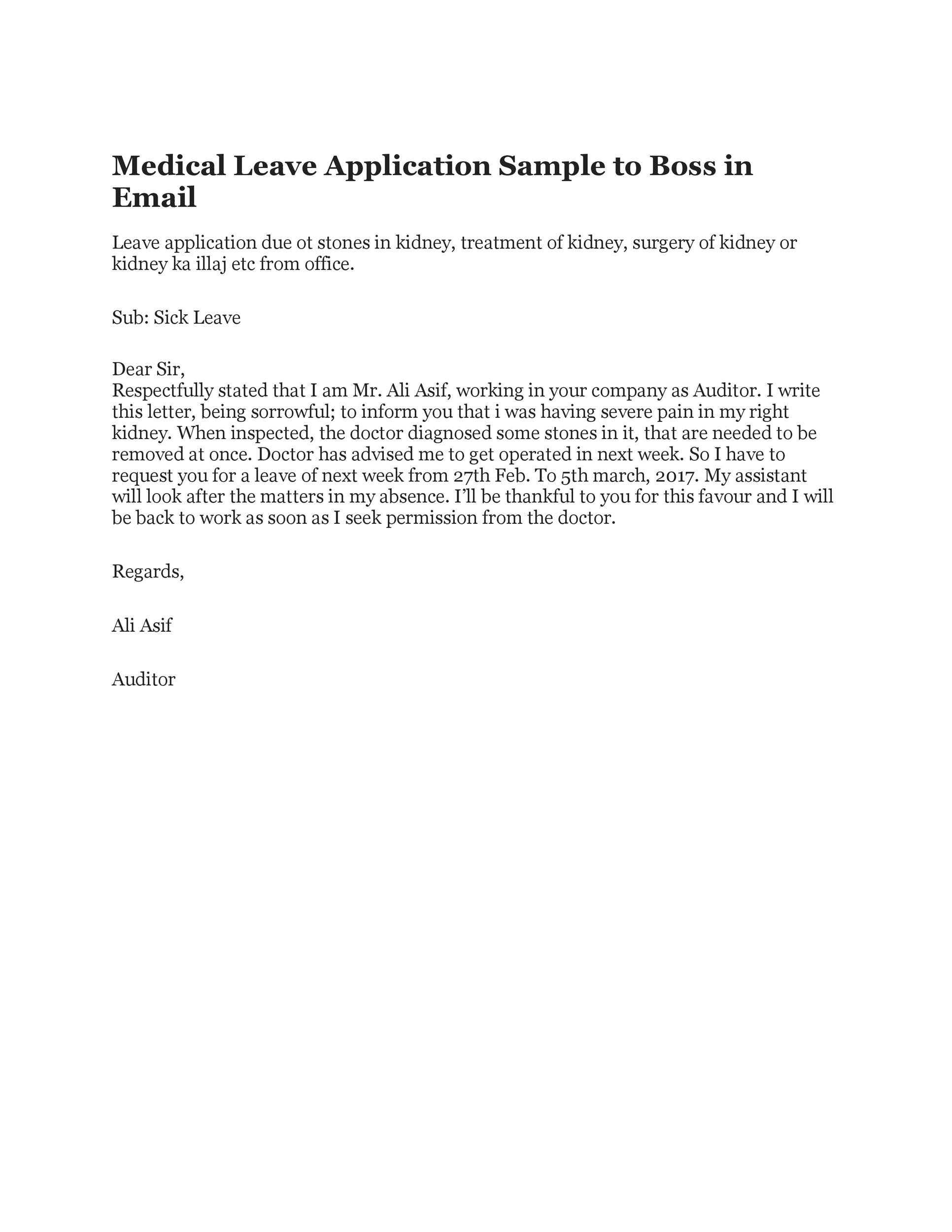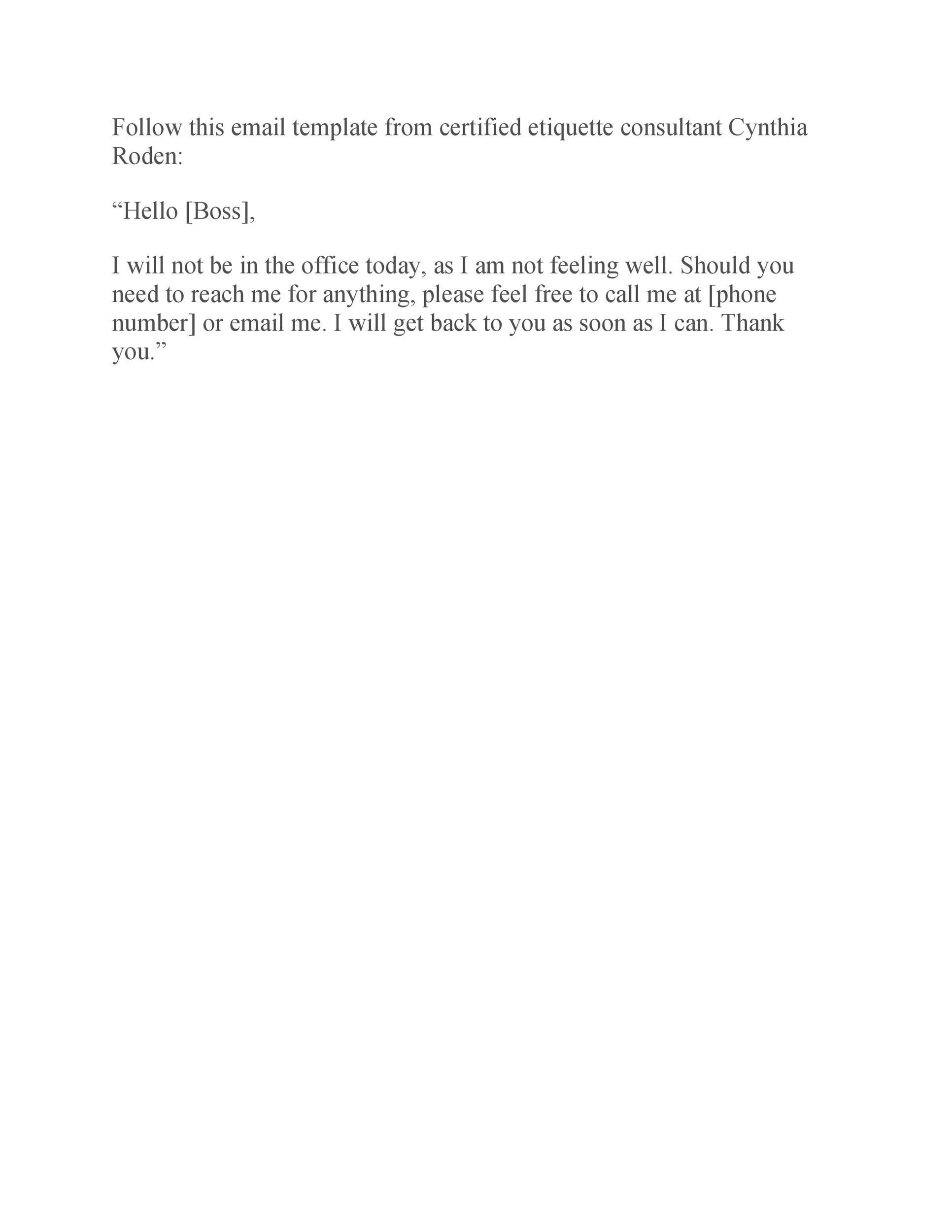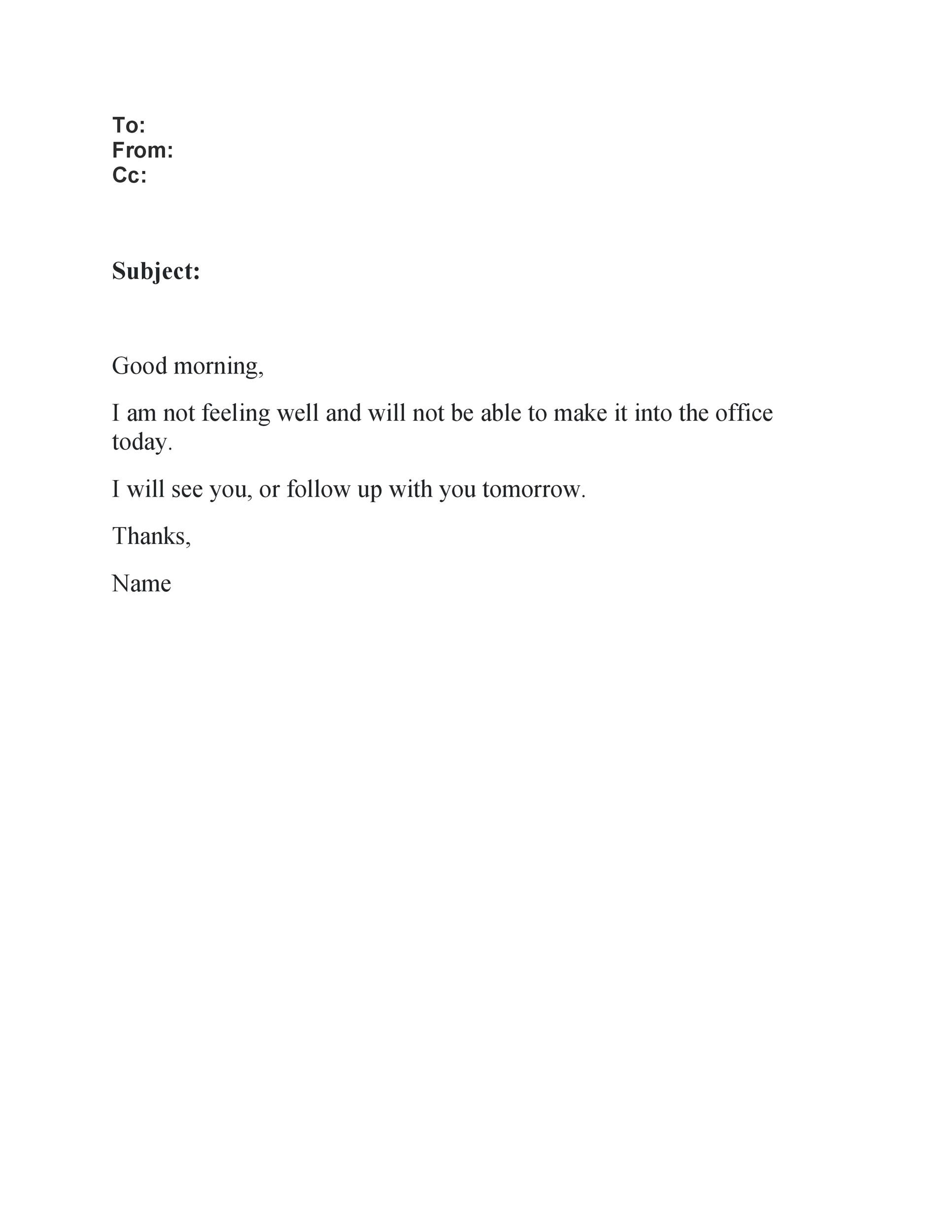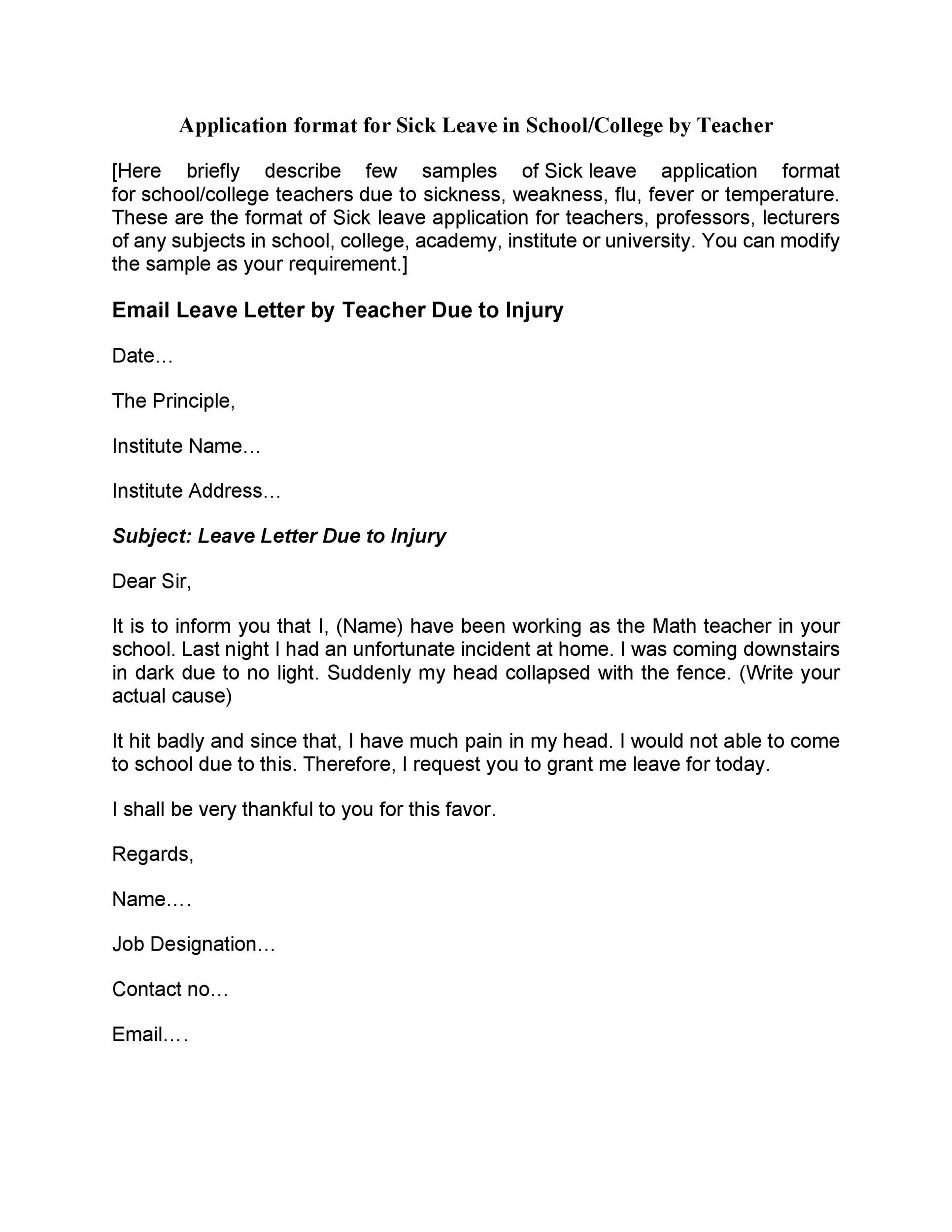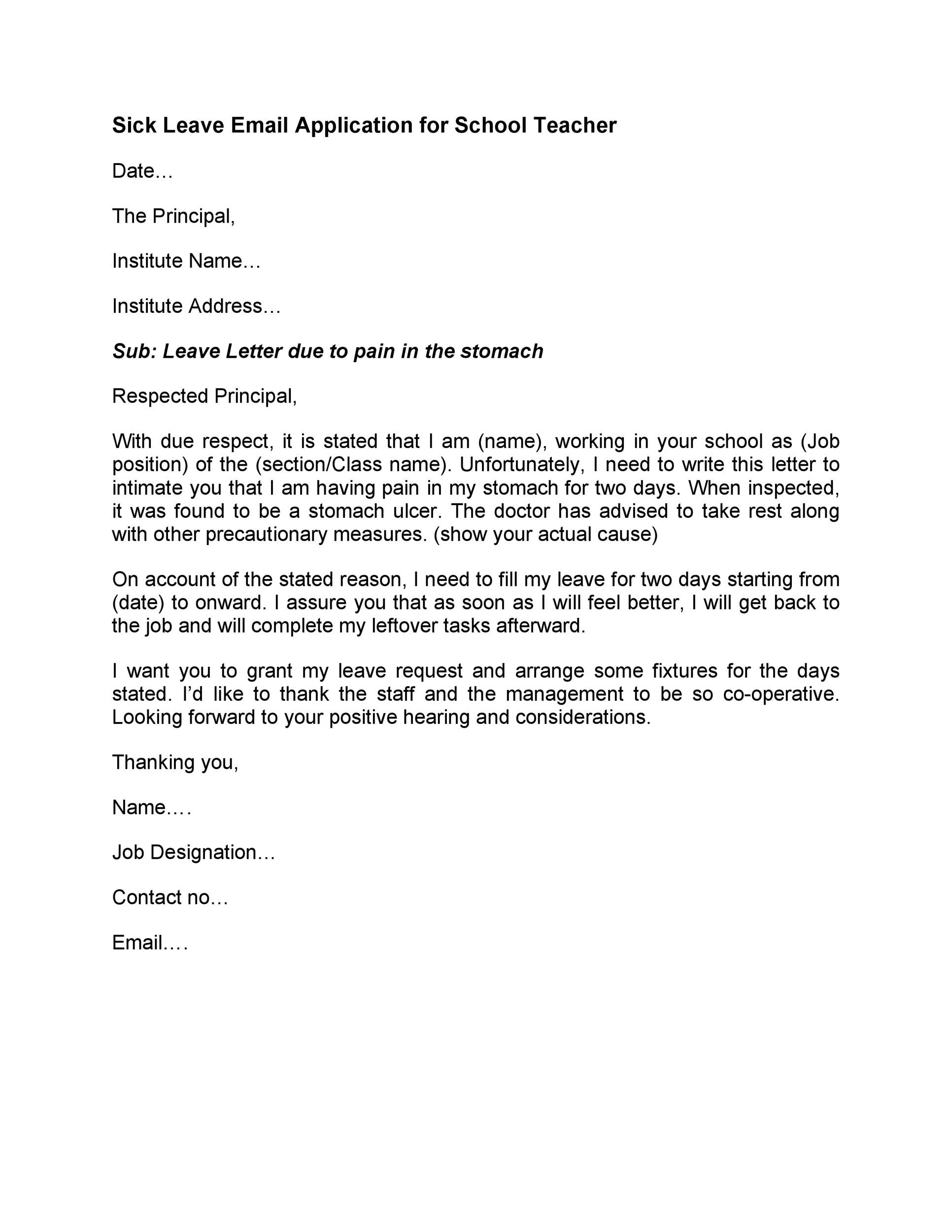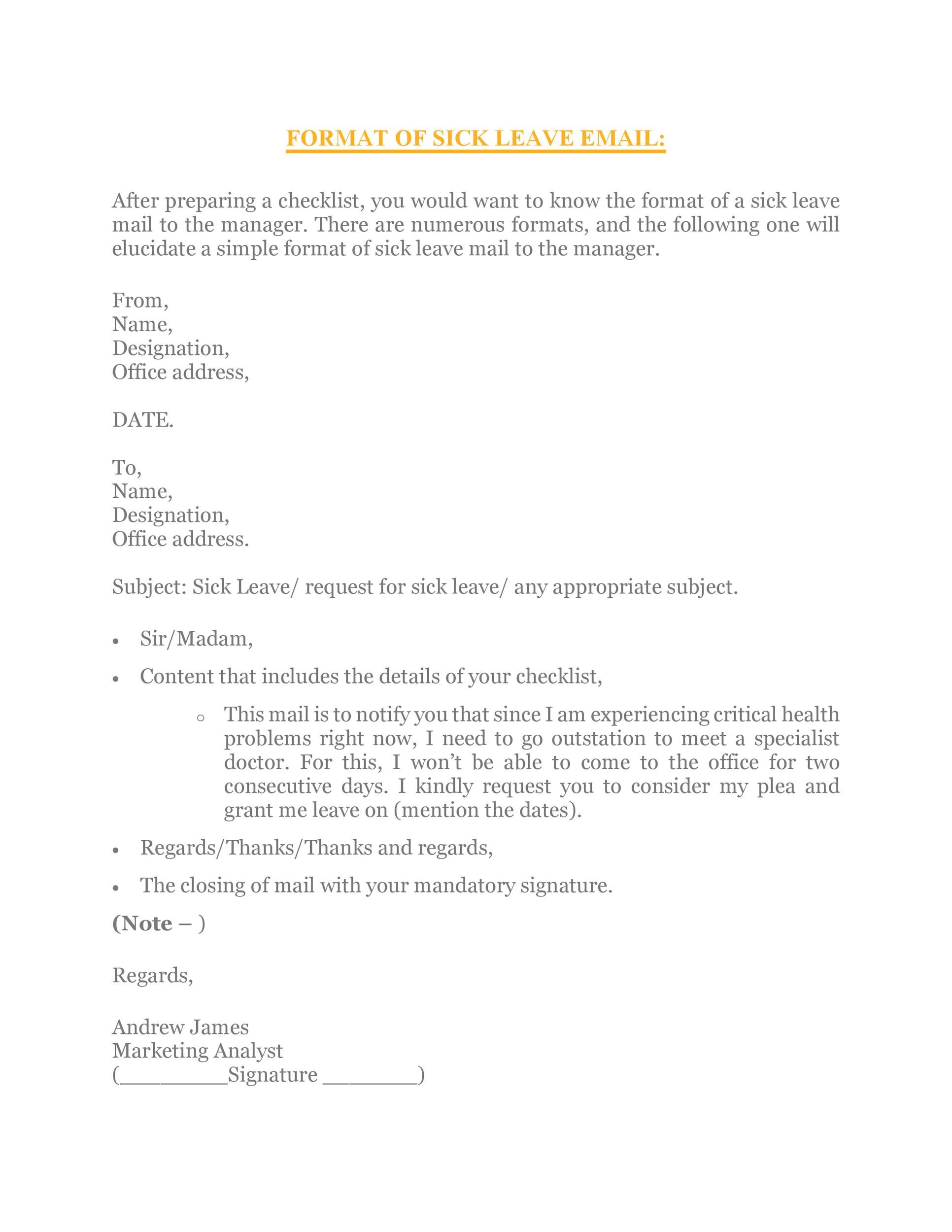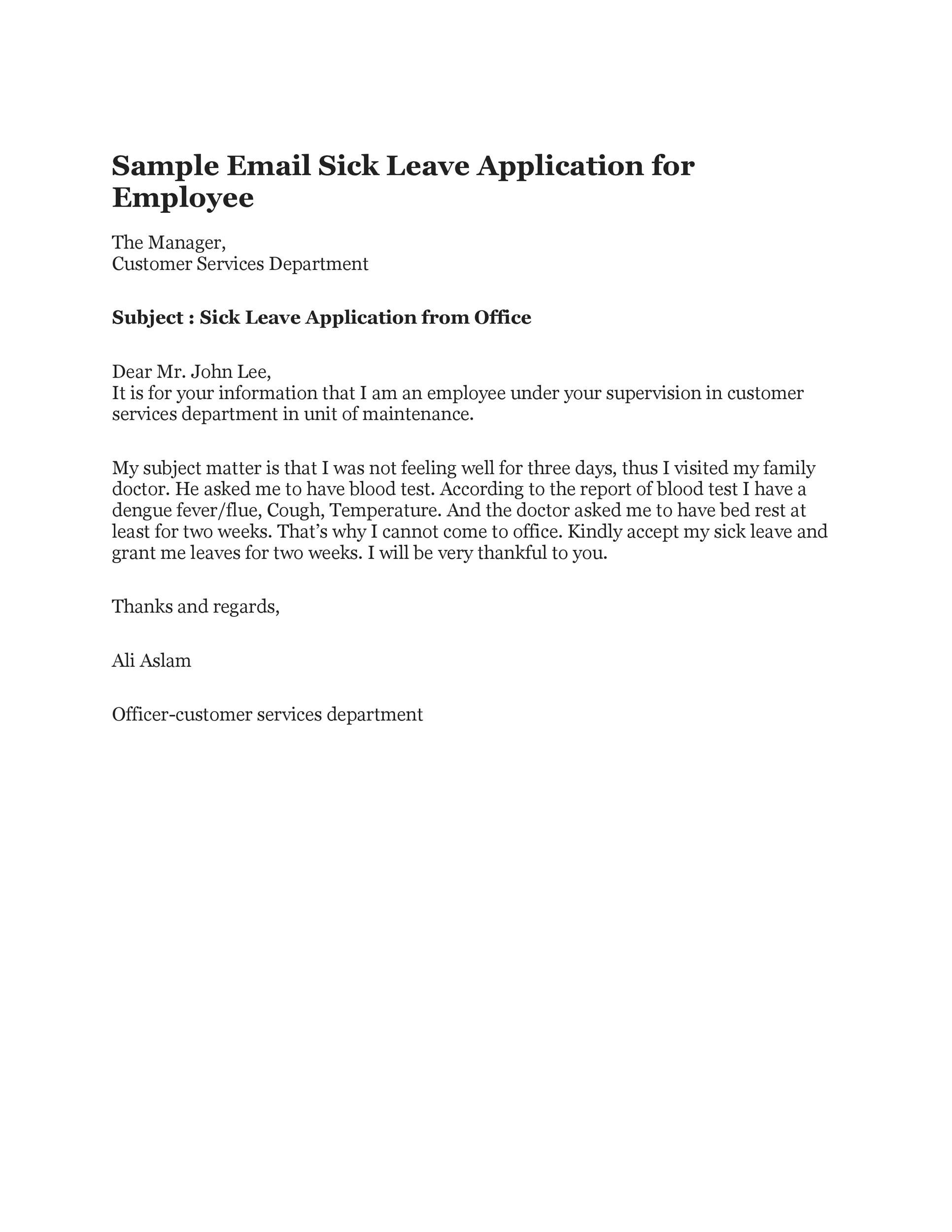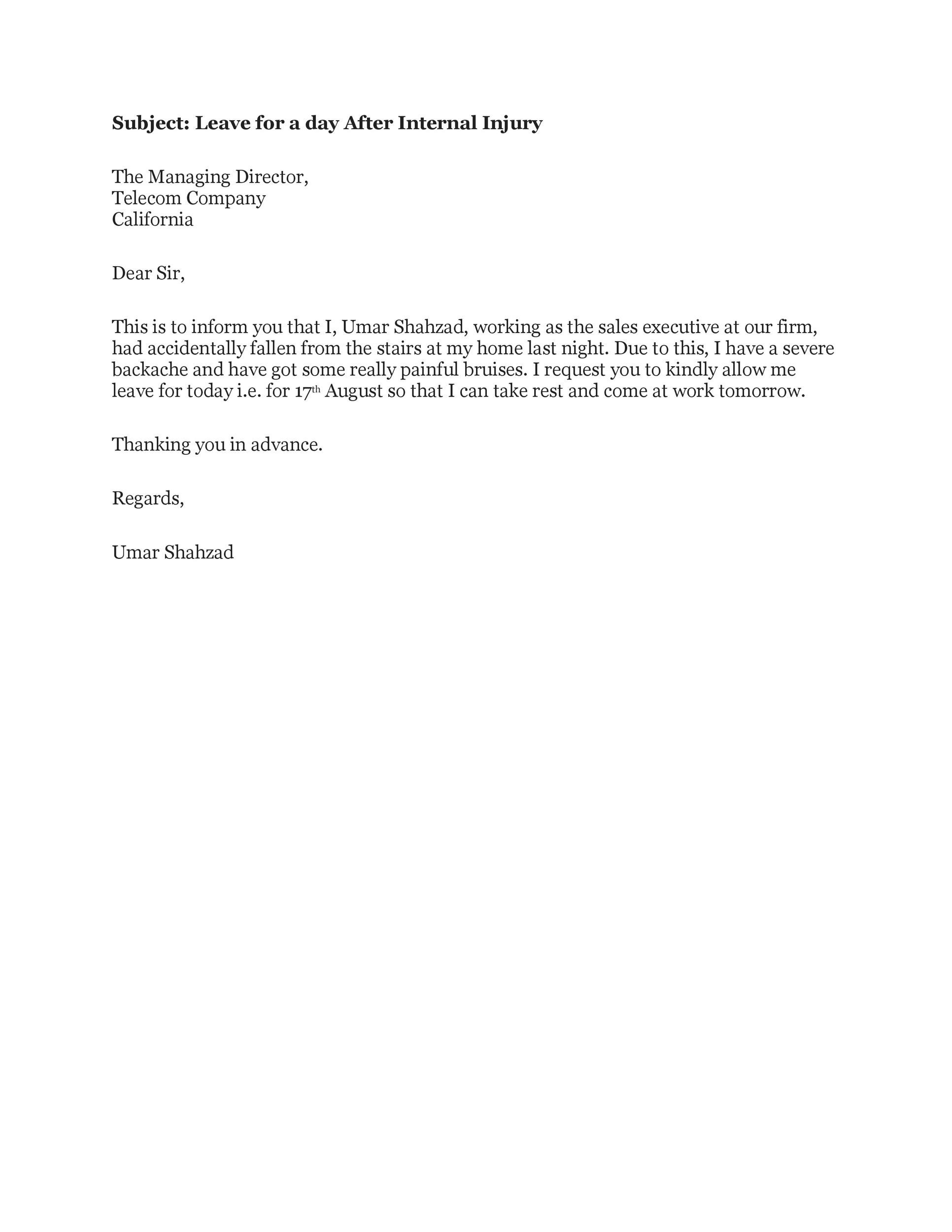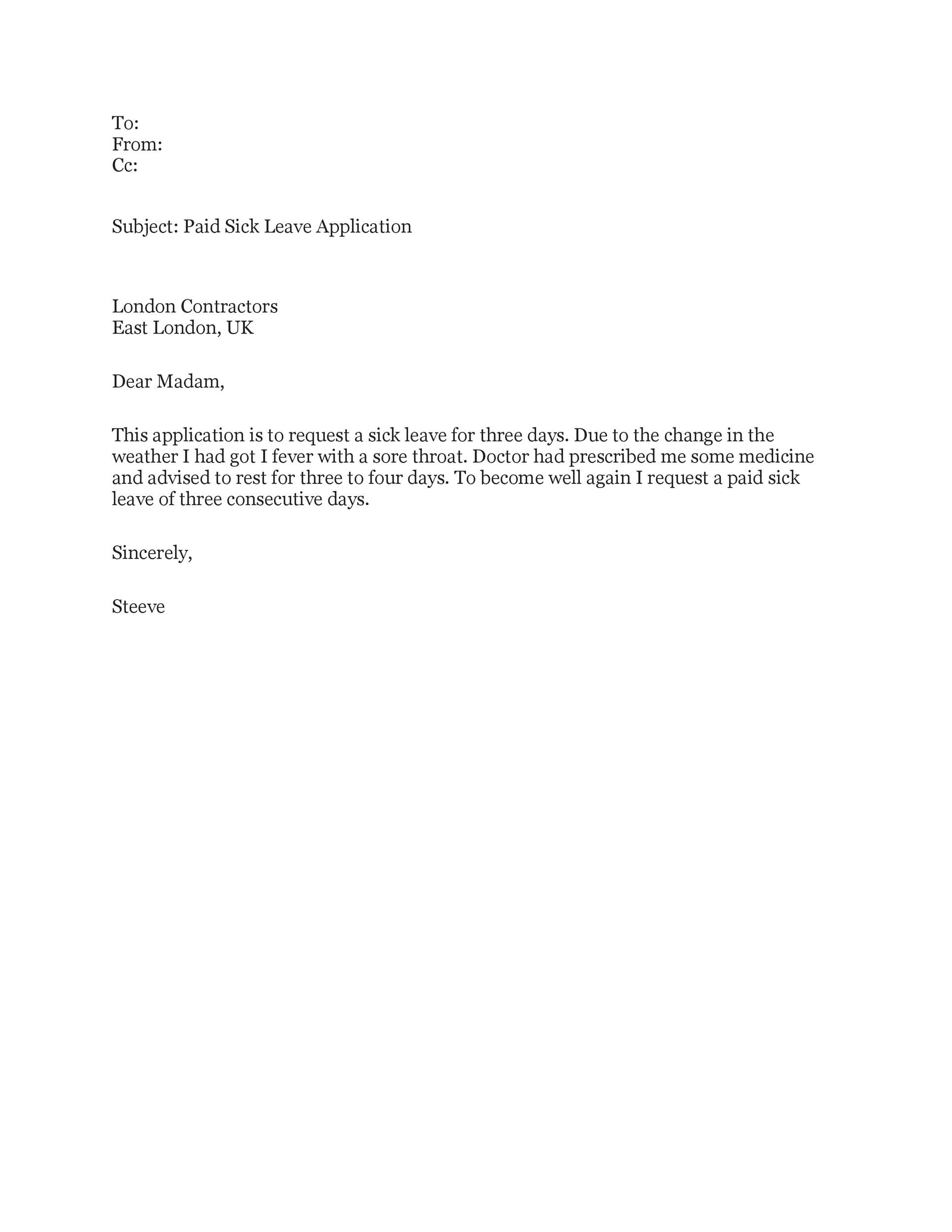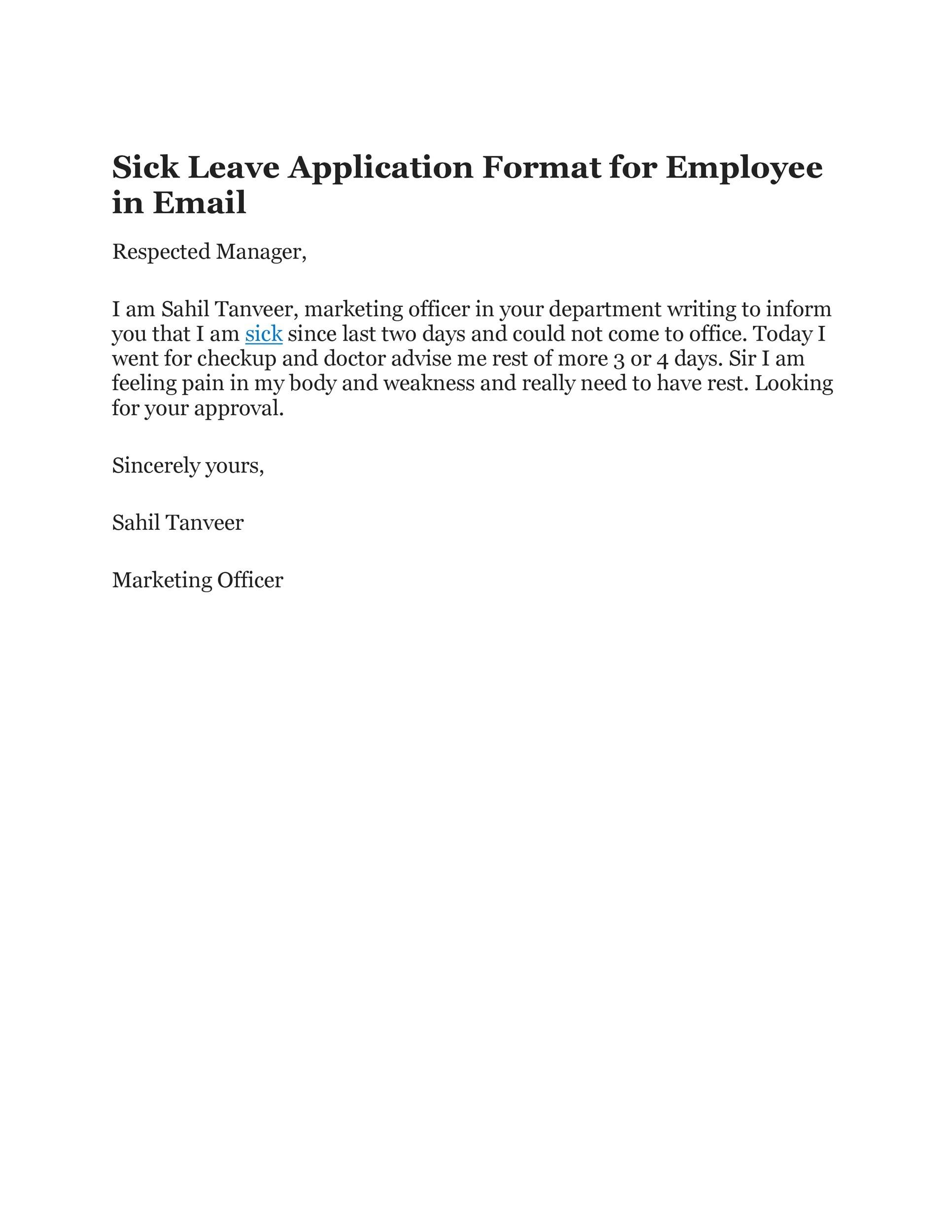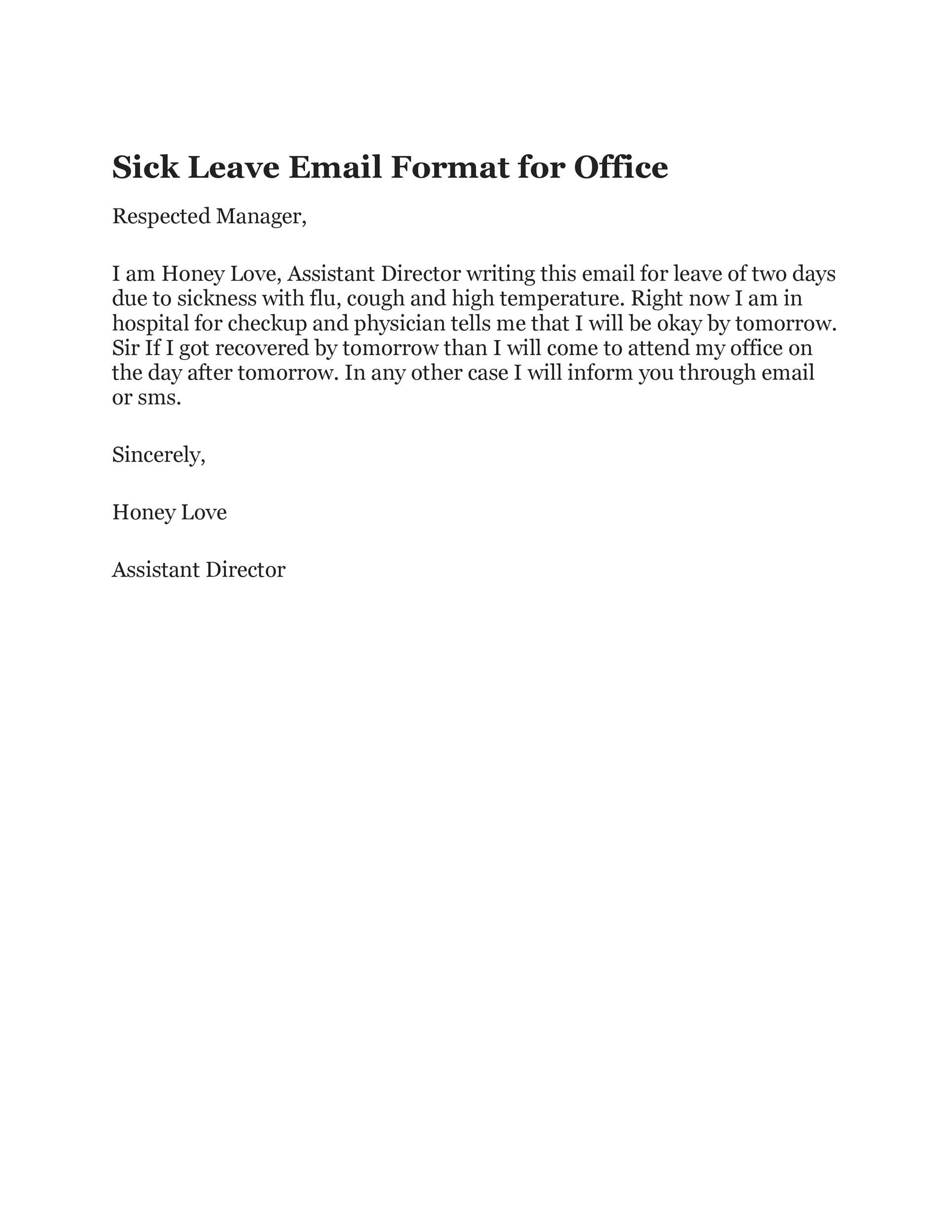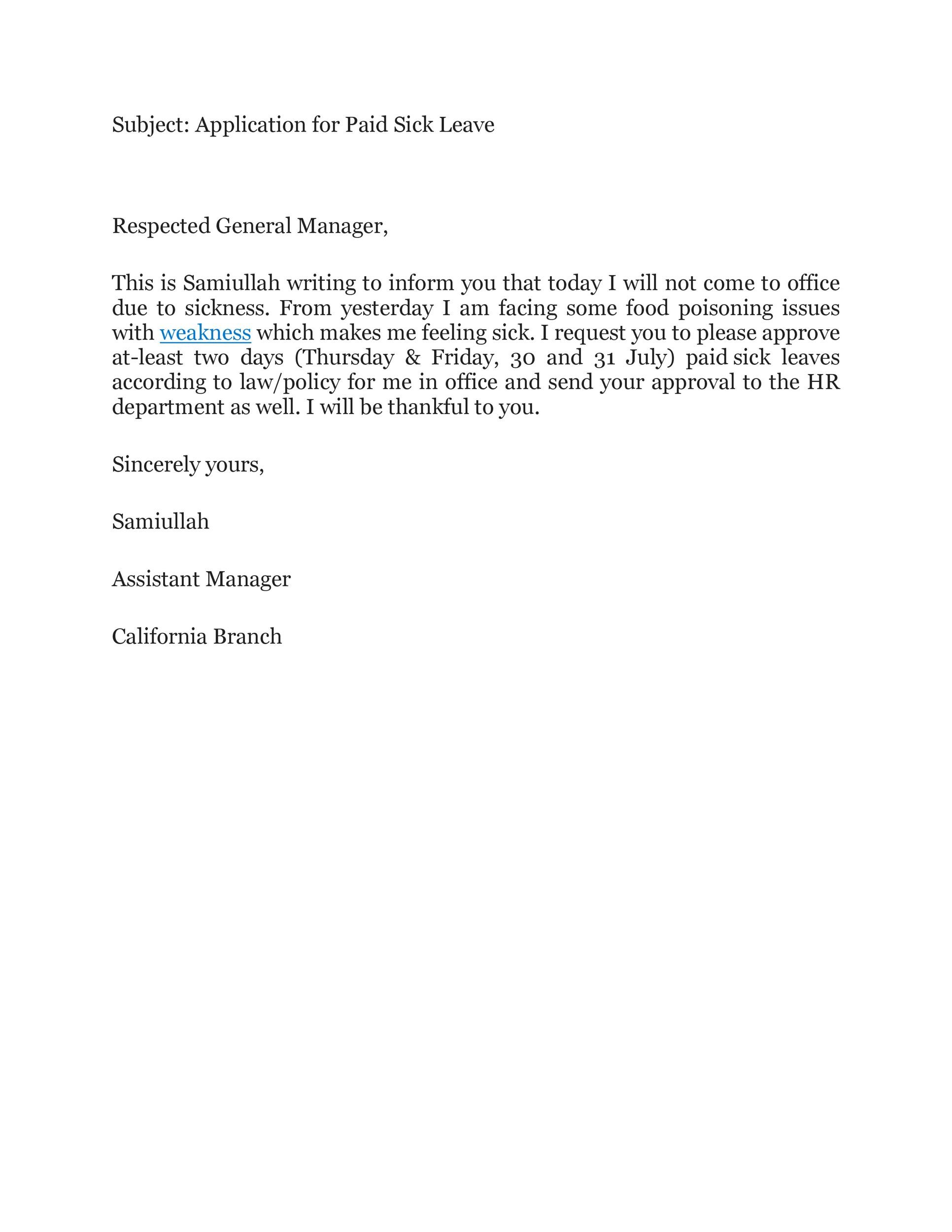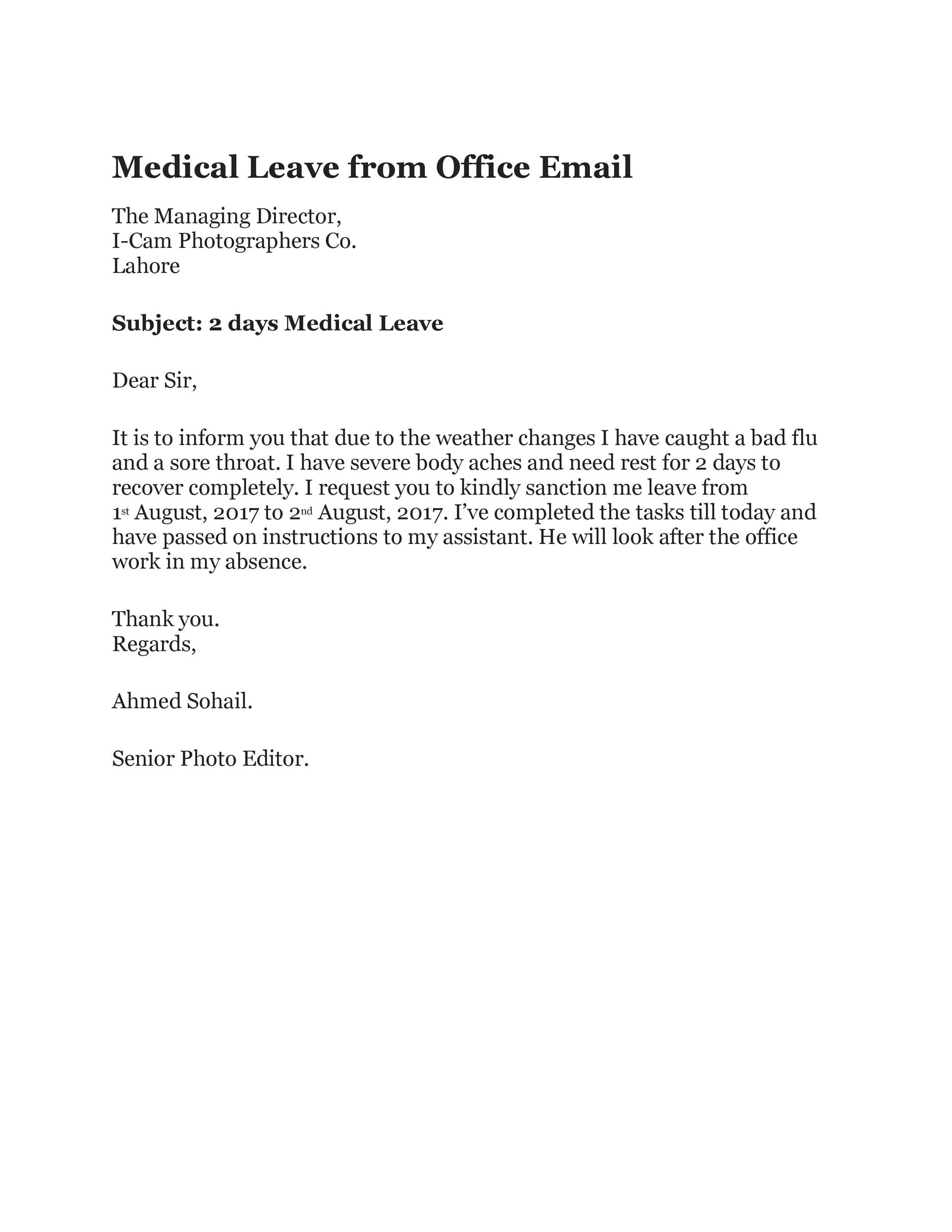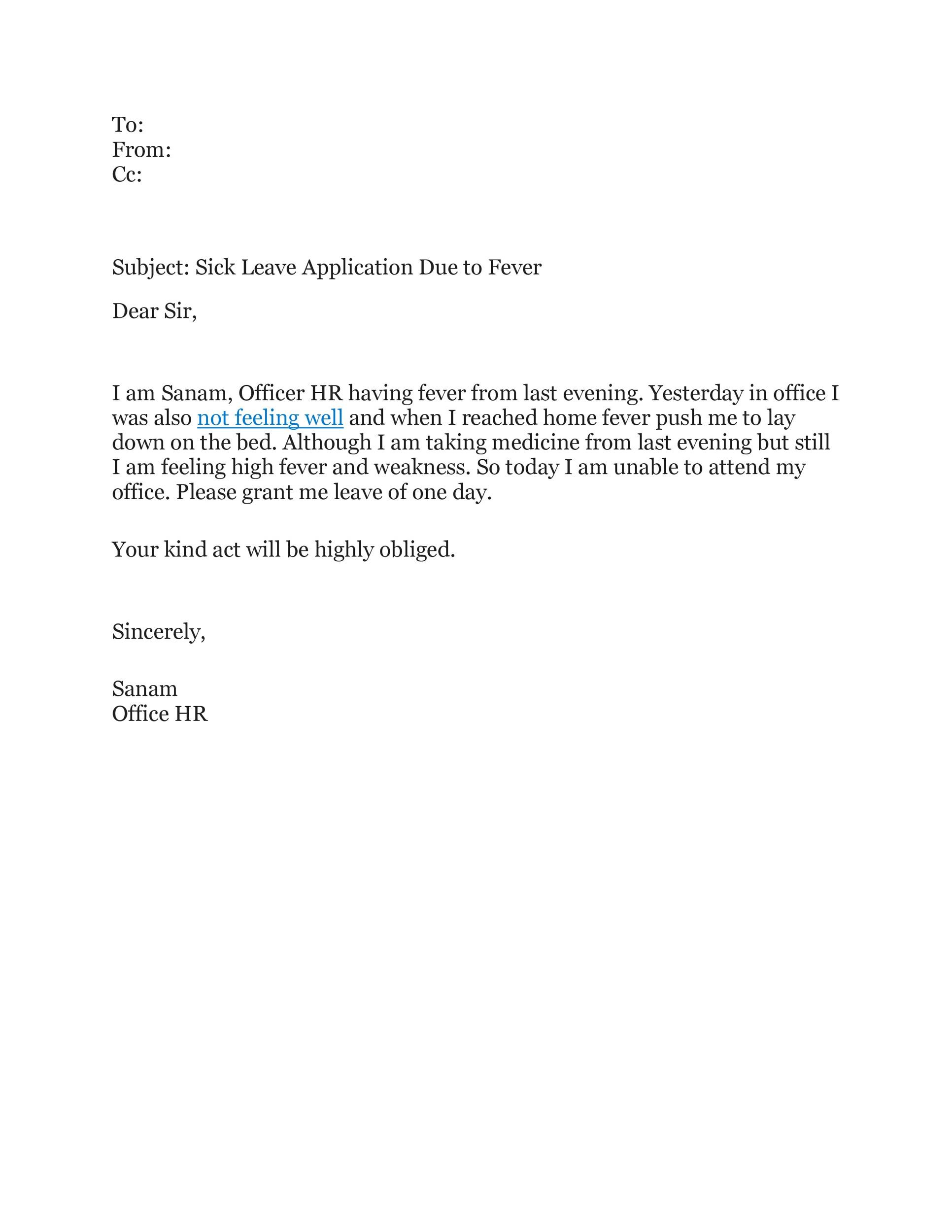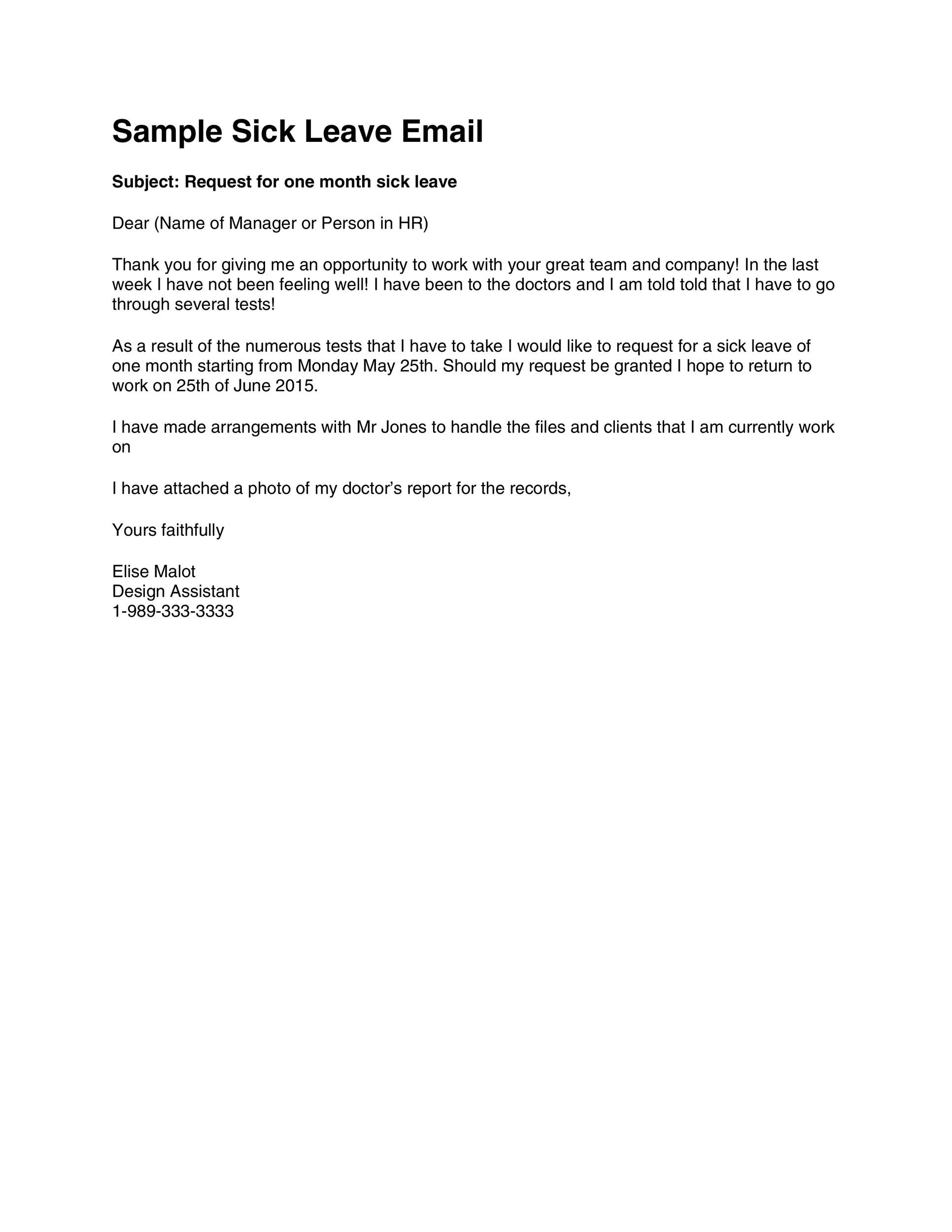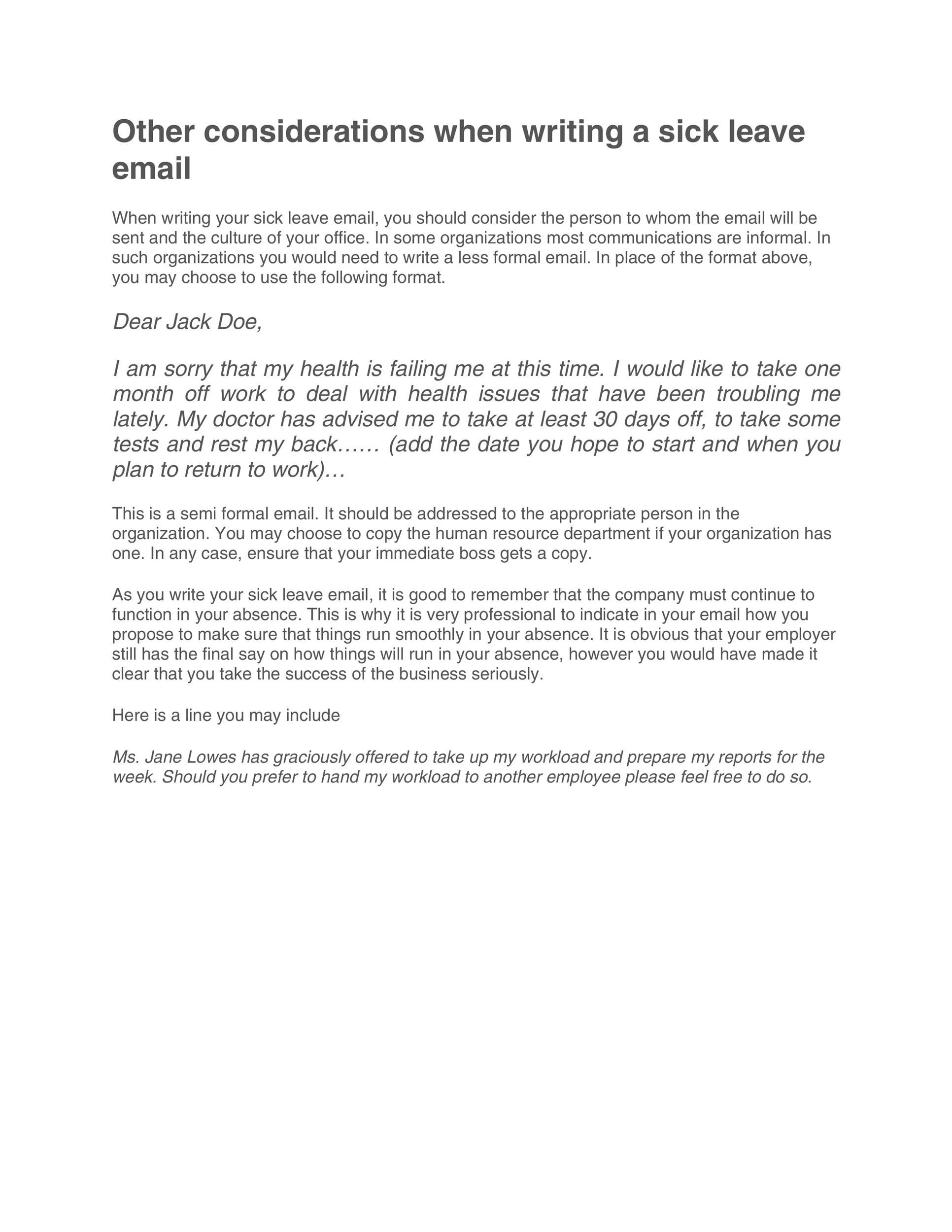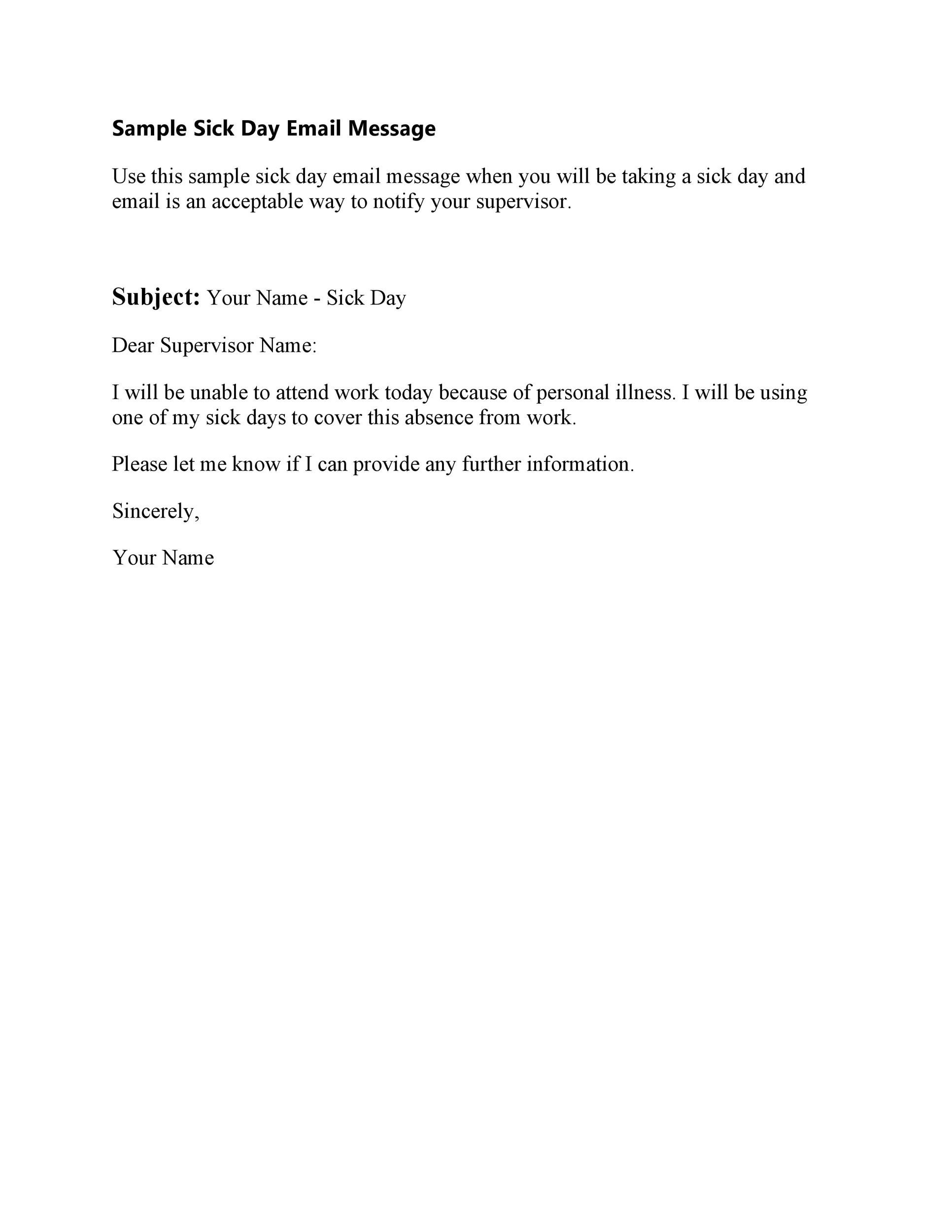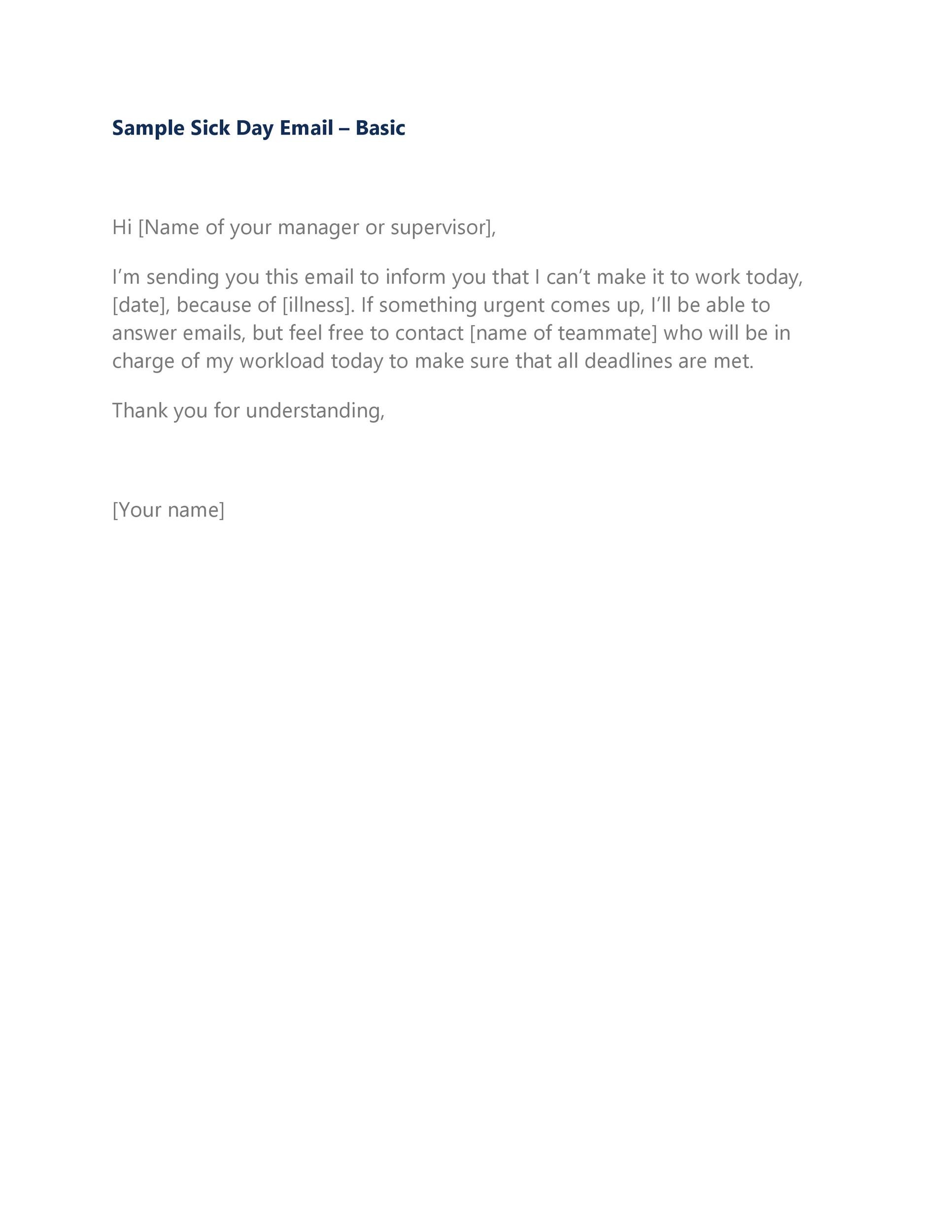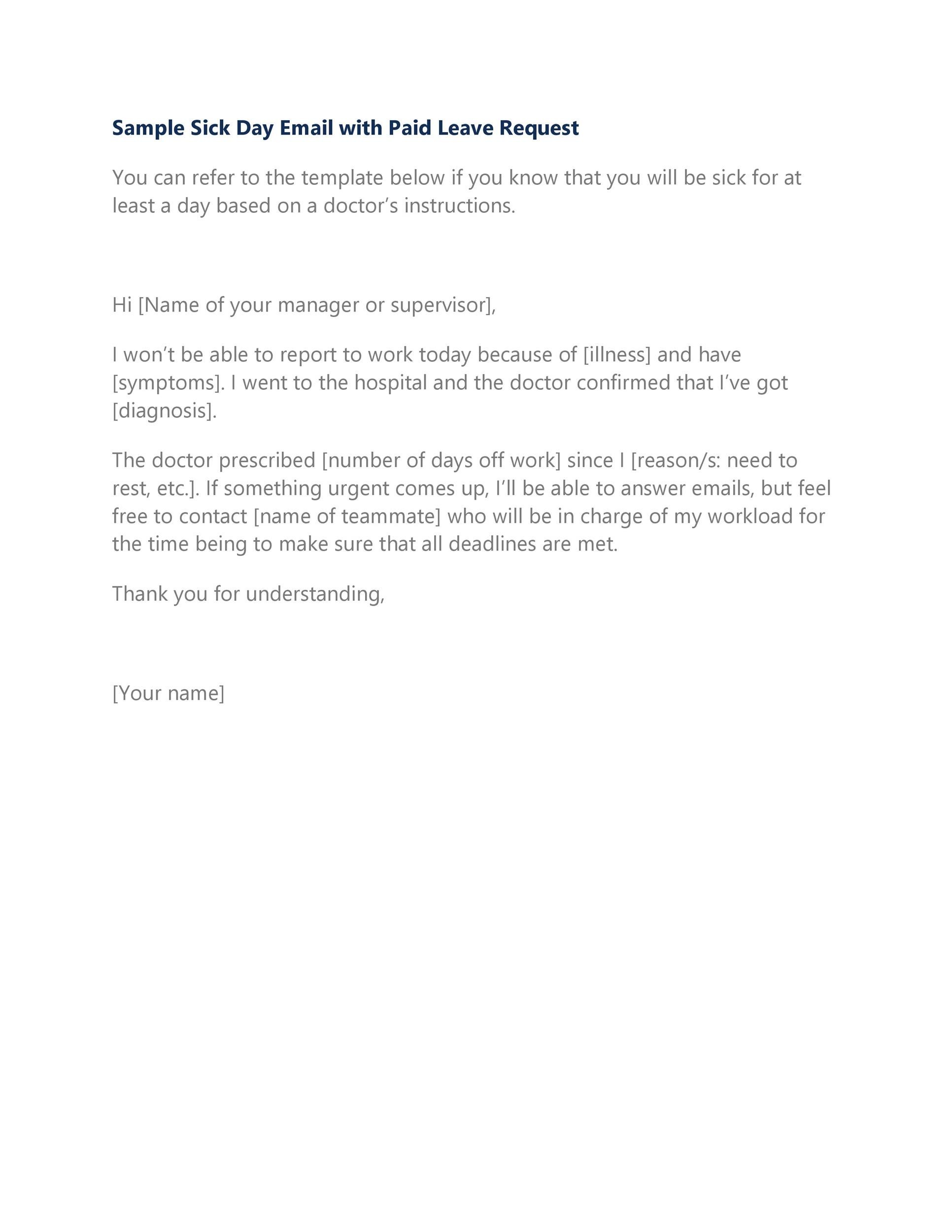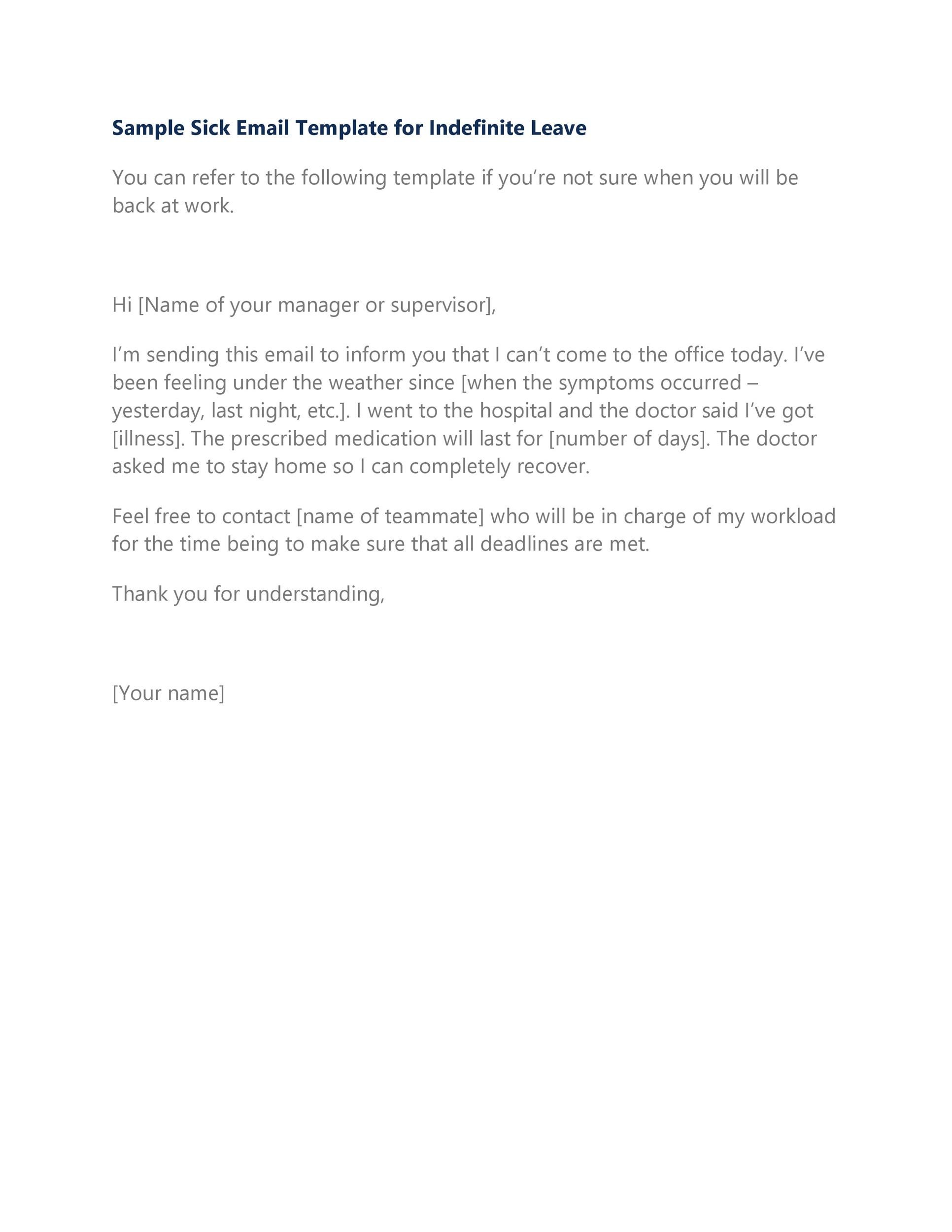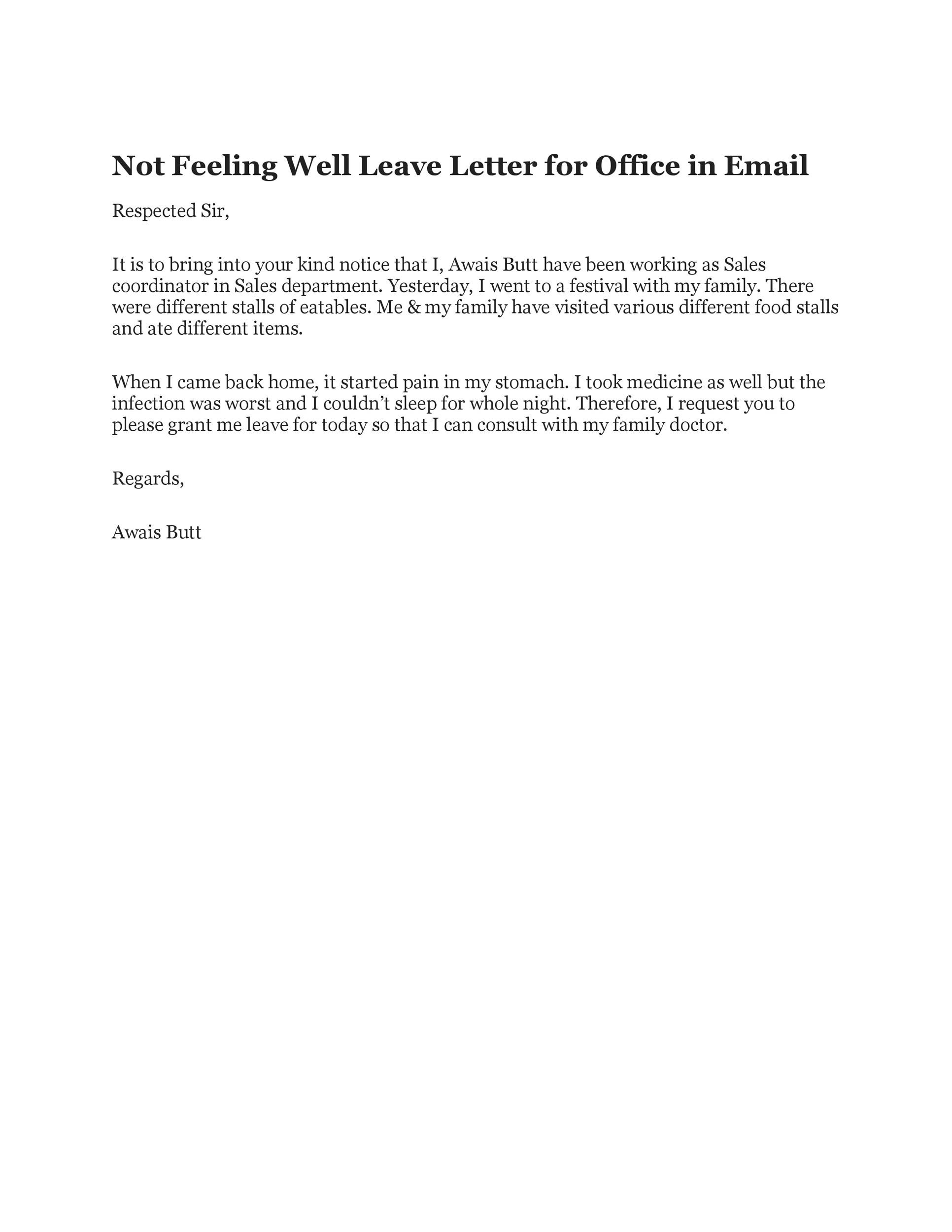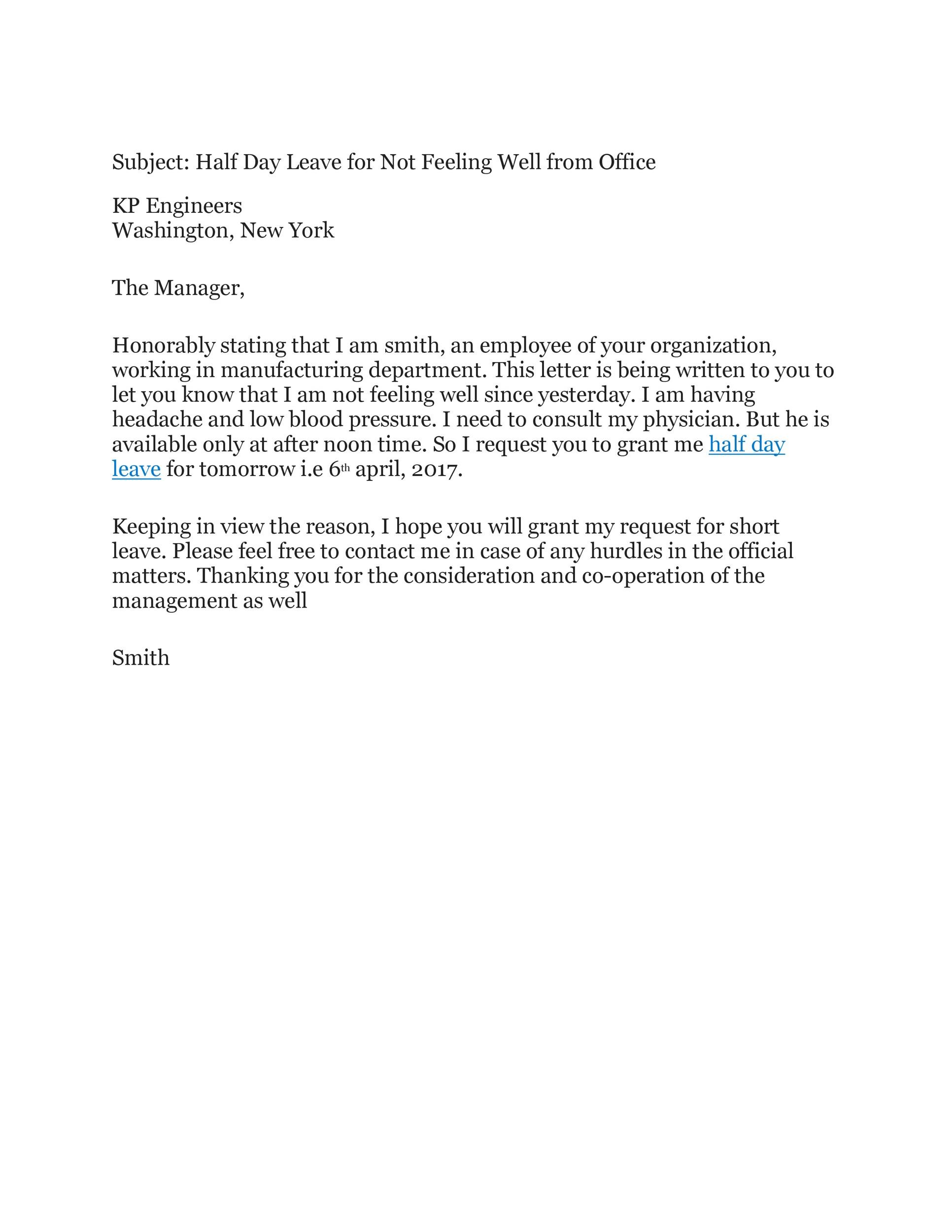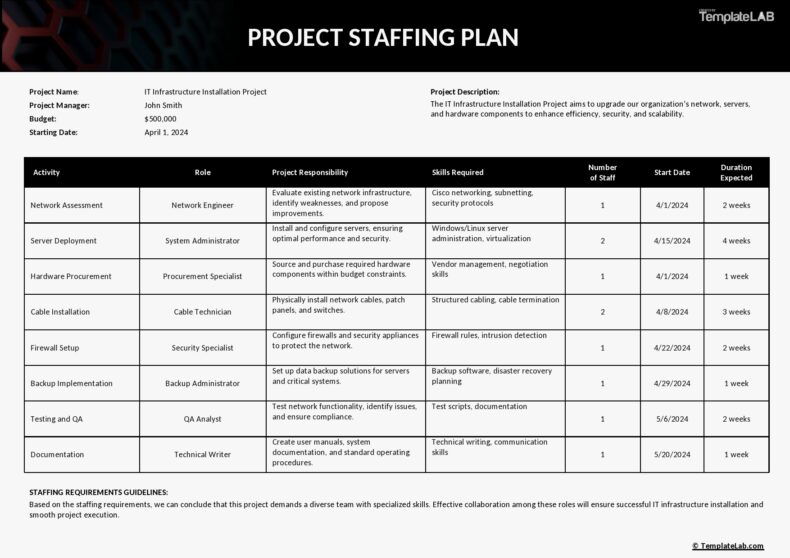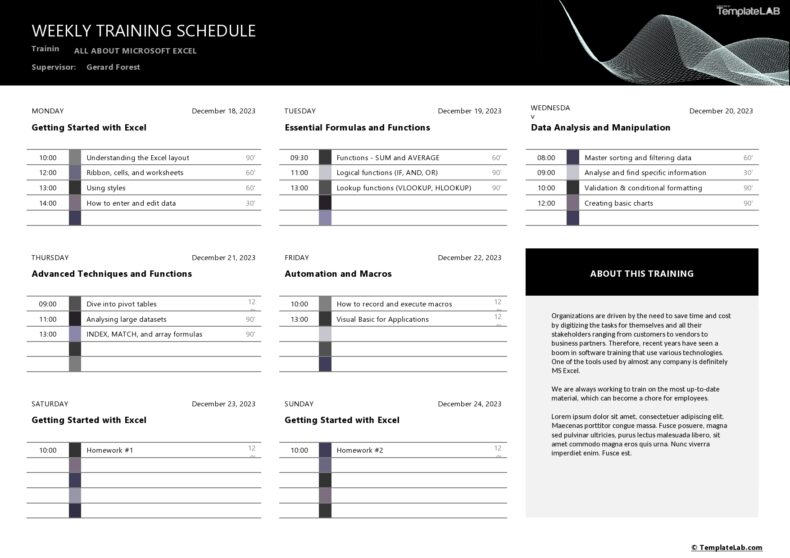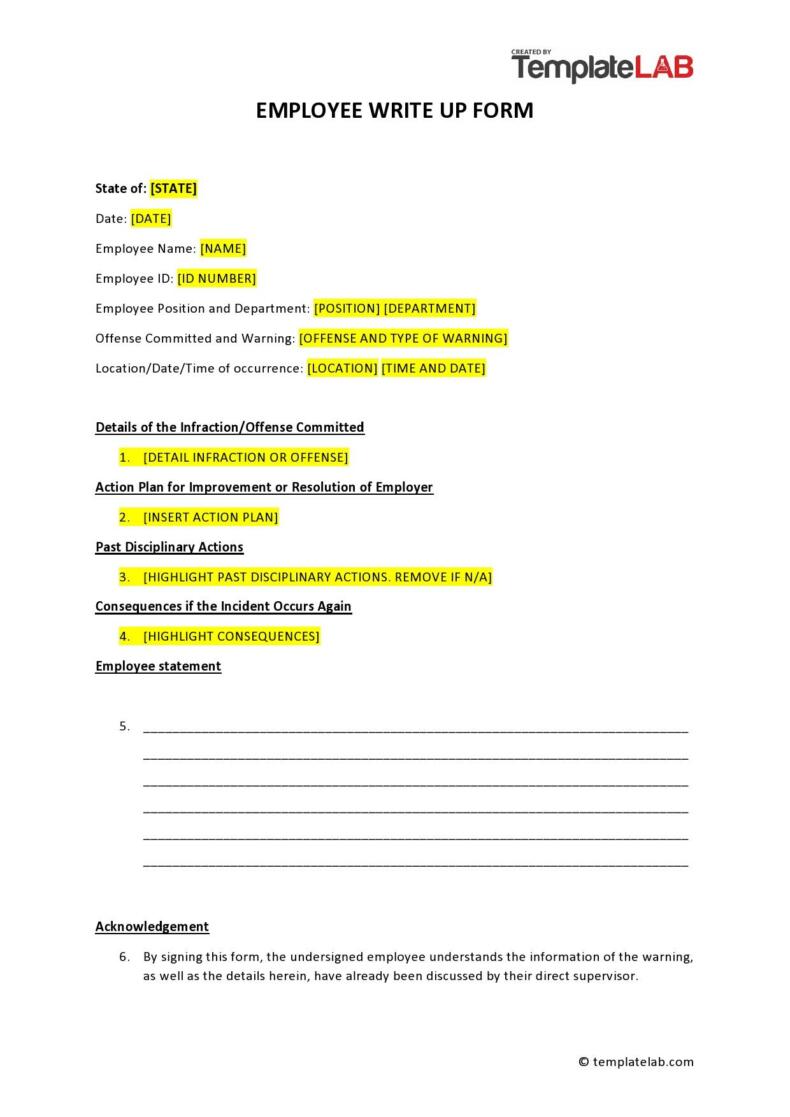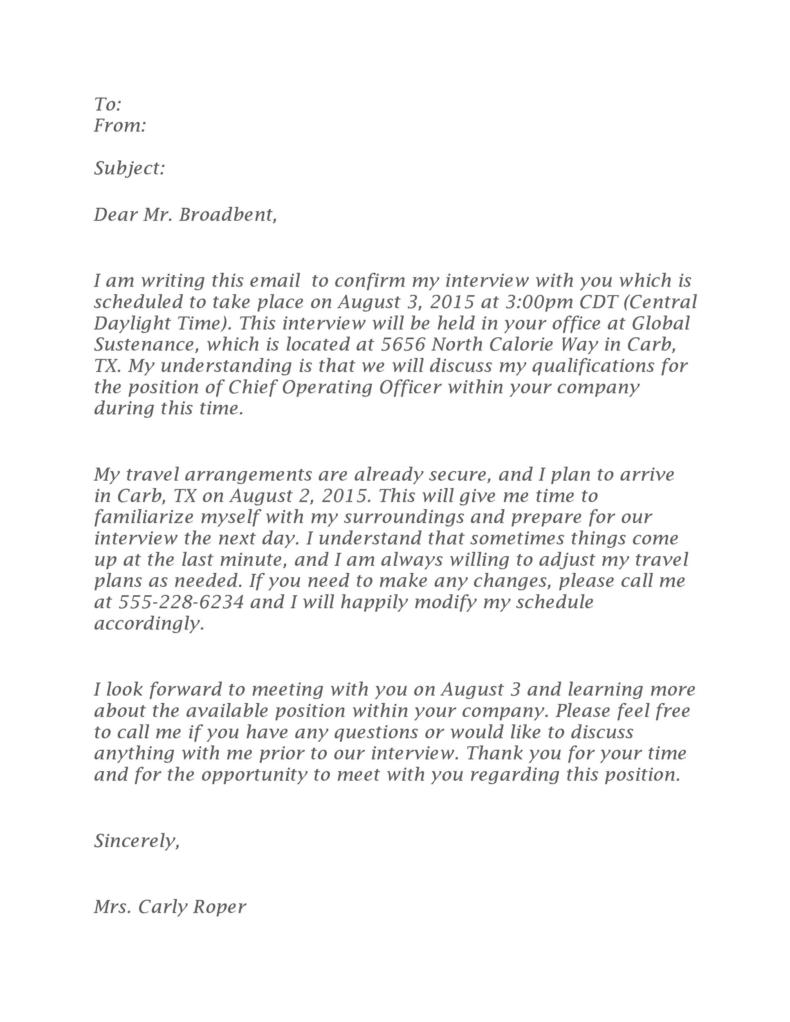We’ve all experienced getting ill and having to take sick leave to recuperate. In such a case, sending a sick leave email to your supervisor or employer is important. If you need to miss a day or two at work, send a sick day email to inform your employer as soon as possible. Aside from this, you may have to follow other procedures set by your company with regards to sick leaves.
Table of Contents
Sick Leave Emails
Notifying your boss about your absence
All companies have their own guidelines and policies regarding sick days. Some may only require a phone call from the employee while others might require you to send a sick absence email. The important thing is that you inform your superiors that you’re taking a leave because you’re ill. If you’re taking more than one or two days off, some companies may require you to submit a doctor’s note aside from an out sick email.
As an employee, you should know the policies of your own company and the preferences of your boss. If your boss wants everything in writing, then you should send a sick leave email. If you have no idea how to word such an email, you can download this sick email template then edit the content as needed.
Whether your superiors require you to send an email or not, it’s still worth learning how to write a sick email. That way, you know exactly how to compose the email if you’re asked for it. Upon sending the email, you would have a record of your absence, and your employer would know the reason why you’ve missed work on those dates.
Of course, there may come a time when you have to miss work because you woke up sick. In such a case, you should still inform your employer as soon as possible. If not through an email, then at least call the office and inform your superior that you won’t come in. That way, they know that they would have to find someone to do your work while you’re away, especially if you have left important tasks undone.
Sick Day Emails
What to include in your sick leave email
As you compose your sick day email, make sure to keep it concise and clear. You don’t have to make a very lengthy email as your supervisor might not even get the point of what you’ve sent. When making a sick email template, include relevant information such as:
- The reason for your sick leave
This part should be the clearest in your email. Just mention your illness, and you don’t have to go into too much detail. If you want, you may also mention the main symptoms of your condition which prevent you from coming in to work. - How long you plan to take a leave from work
For most illnesses, you would have a good idea of how long you have to rest. Usually, you would only need a day or two to recover. But if you need a longer time, then specify this in your email. If you don’t know how long you’ll miss work, state this in the email as well. Then inform your employer that as soon as your doctor gives you a definite timeline, you’ll inform them. - State how your employers may contact you if needed
If your office needs to contact you for any reason, state how they can contact you. Some prefer phone calls while others prefer emails, especially if they’ve lost their voice or they have trouble speaking. But if you’re unable to communicate because you’re too sick, state this in your out sick email too. - Clarify whether you can work from home or not
There are some positions wherein you can still perform your tasks at home. So if you’re ill, contagious but you can still work, then you may do your job from home. Clarify this in your email so your boss can send over the work you need to do. - Attach your doctor’s note and other relevant documents if needed
If your employer asks for a doctor’s note or any supporting documentation, scan these documents and attach them to your email. That way, you won’t have any issues when you file your leave as soon as you get back to work. - Identify your point person in the office
Name the person who they can speak to about your meetings, tasks, and current projects. This is important, especially if you’re too sick to communicate with them and you ask them not to call or email you while you’re absent. - Close your email professionally
Finally, end your sick leave email with a professional closing, and your name. You may also compose a shorter email for your other colleagues or the members of your team.
Out Sick Emails
Tips for writing a professional sick leave email
A lot of employees feel apprehensive when they have to ask for a few days off work even if they have a reasonable excuse such as an illness. The good news is that asking permission doesn’t have to be a challenging task. You can send a sick absence email to your employer if you don’t feel comfortable about speaking to him directly. Here are some tips for you in learning how to write a sick email:
- Follow the protocols of your company
It’s important to follow your company’s absence protocol at all times. You should also know your employer’s preferred method of communication for such instances. Although sending an email is easier for you, this might not sit well with your superiors, especially if your protocols require you to follow a different method.
Check the protocols and ask your colleagues who have already filed a sick leave. If you find out that sending an email is an accepted method for asking permission, then you may compose and send the email. If not, then you have to follow the policies as stated in your employee handbook. - Send the email as soon as possible
After sending your email, it would be very helpful to call your supervisor too. Do these steps as soon as you realize that you’re too sick to come into work. If you suddenly develop an illness or you have to go to the emergency room, find time to inform your office, so they know what’s going on. Otherwise, you might get into trouble, and it might even compromise your job. - Use a sick email template
If you don’t know how to compose a sick leave email, use a template such as this one. These templates make it easier for you to find the right words to inform your employers of your condition. Some examples of templates include:
Sick day email
Use this template when you only plan to take one day off work to recuperate from a mild illness such as a cold or flu.
Sick day email with a request to use a paid sick leave
Use this template if you’re absent for more than two days, you have a doctor’s note to support your absence, and you want to utilize your paid sick leave.
Sick email requesting for an indefinite leave
Use this template if you have a severe illness or injury, and you don’t know when you will be able to get back to work.
What else should you do aside from sending your sick leave email?
Aside from sending a sick day email, good employees also take care of other things. Since you’re an important part of the workplace, you have to consider the work you’re leaving behind because of your absence. Even though some illnesses come suddenly, there are steps you can take to avoid any issues:
- • Arrange for someone else to cover for you
When composing your email, include the name of the person you’ve assigned to cover for you. Then give that person a call and inform him of the pending tasks you’ve left behind and what he needs to do in case there are any concerns.
If you’re planning to take time off work for medical reasons, then speak to one of your colleagues beforehand. That way, you don’t have to explain too many things when it’s time for you to leave. You don’t have to pass on all of your tasks, just give the person some notes about the important things such as:
reports which you need to submit if your absence will fall on your deadlines
contact details of the companies, clients, and departments you usually work with
a list of your current projects and the names of the people involved in them
instructions on how the person can handle the tasks which are specifically assigned to you
other relevant sources like people, books or even websites - Set-up a message to inform that you’re not in the office
This is an important step to do, especially if you’re planning to take a long leave of absence from work because of an illness. Usually, this would be in the form of a voice message on your office phone. Before you leave for work, activate the message, so everyone who calls you knows that you’re not available.

